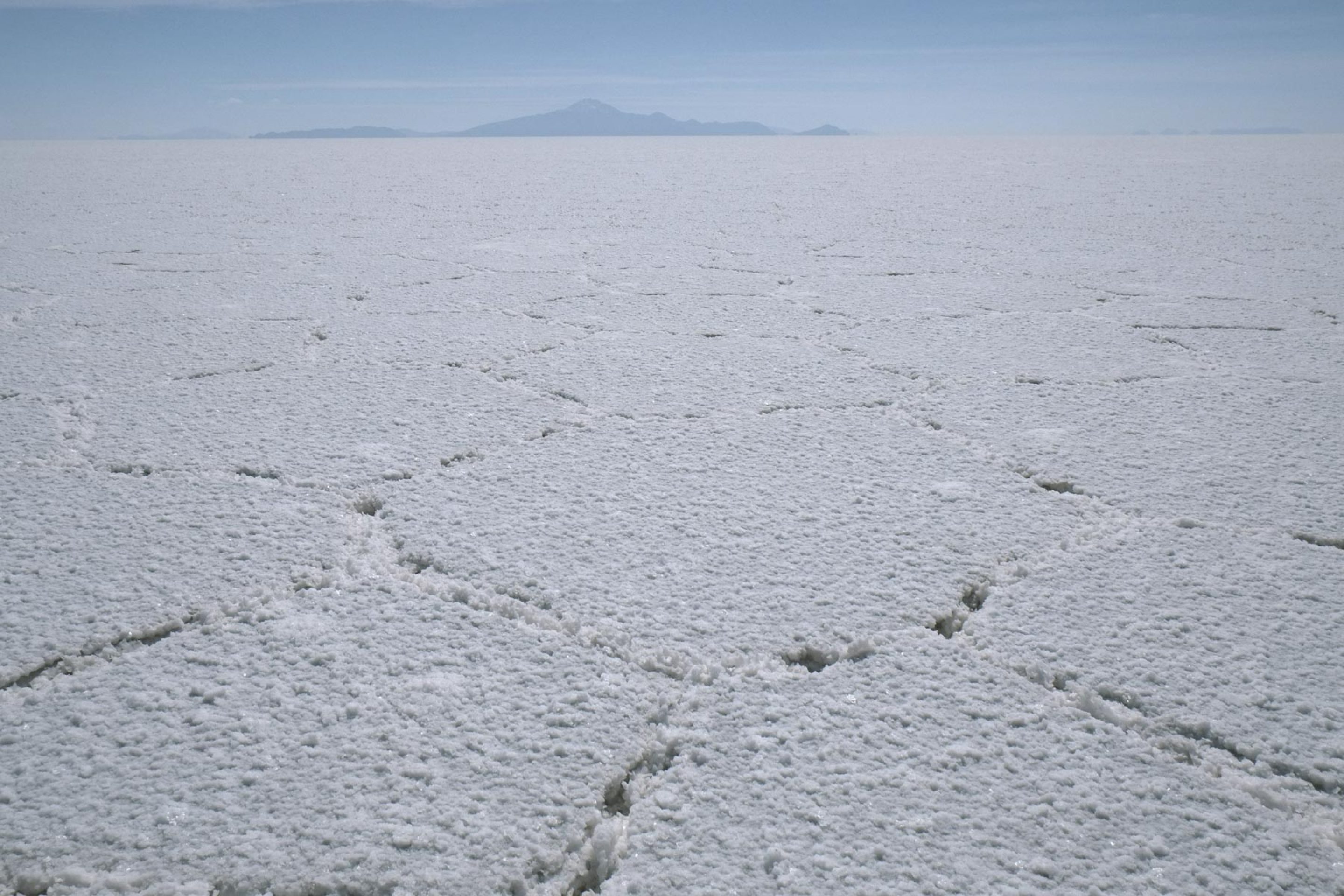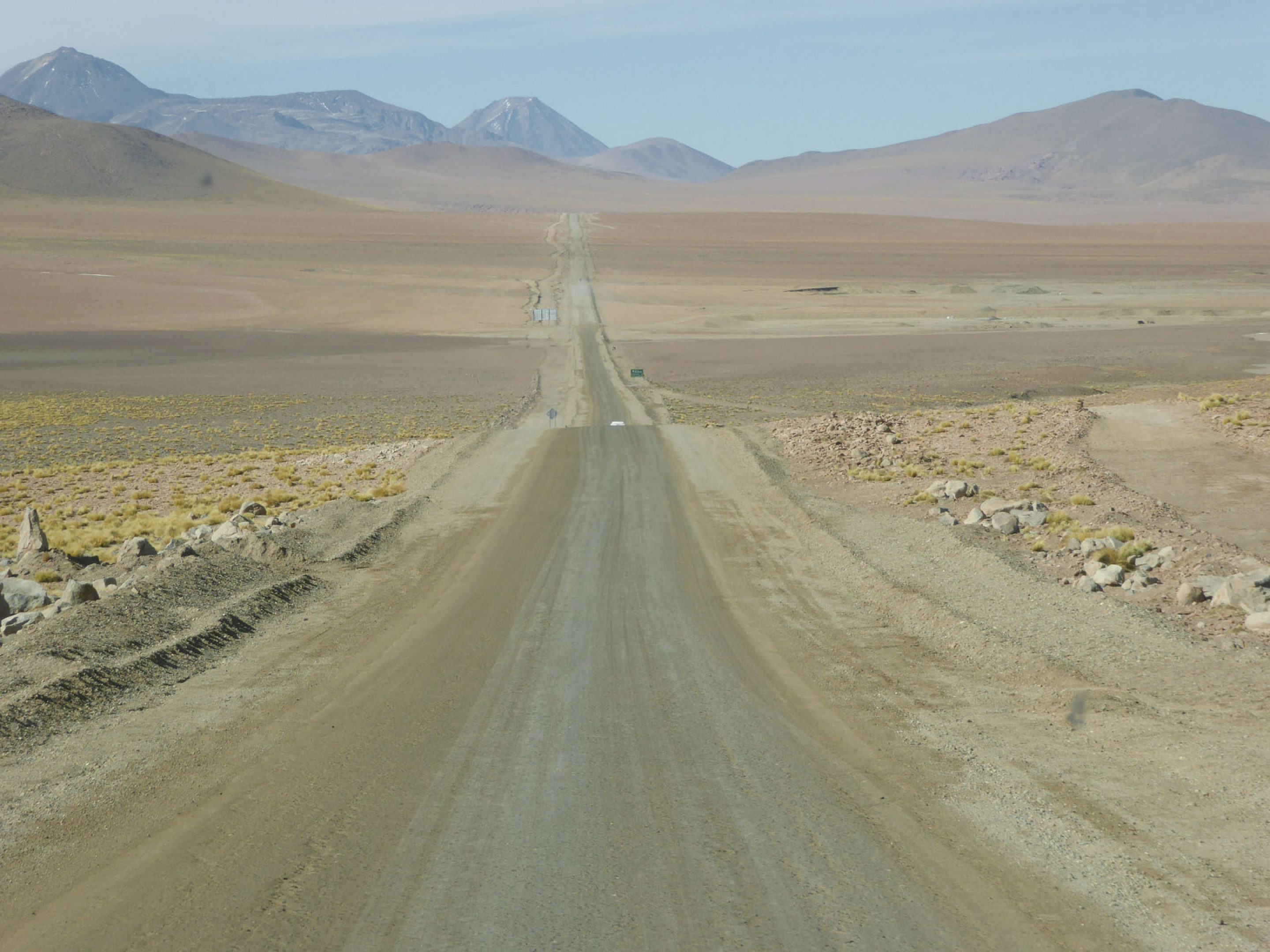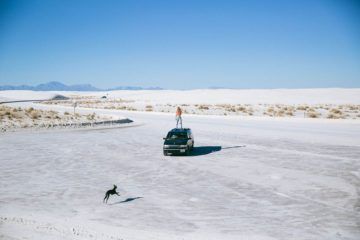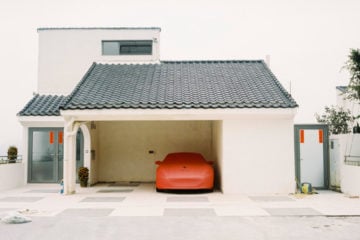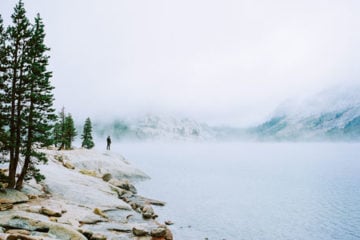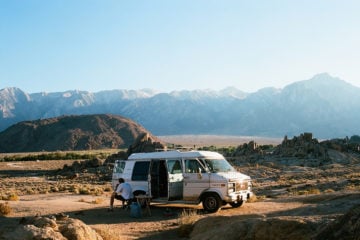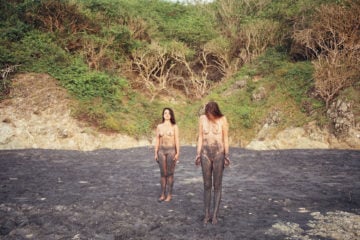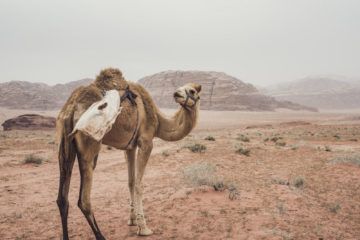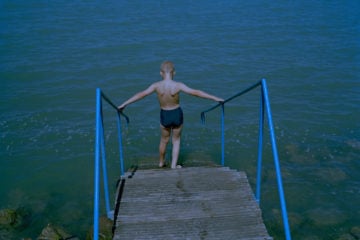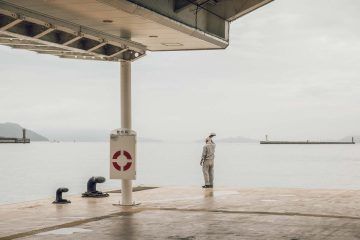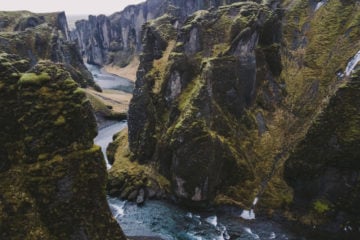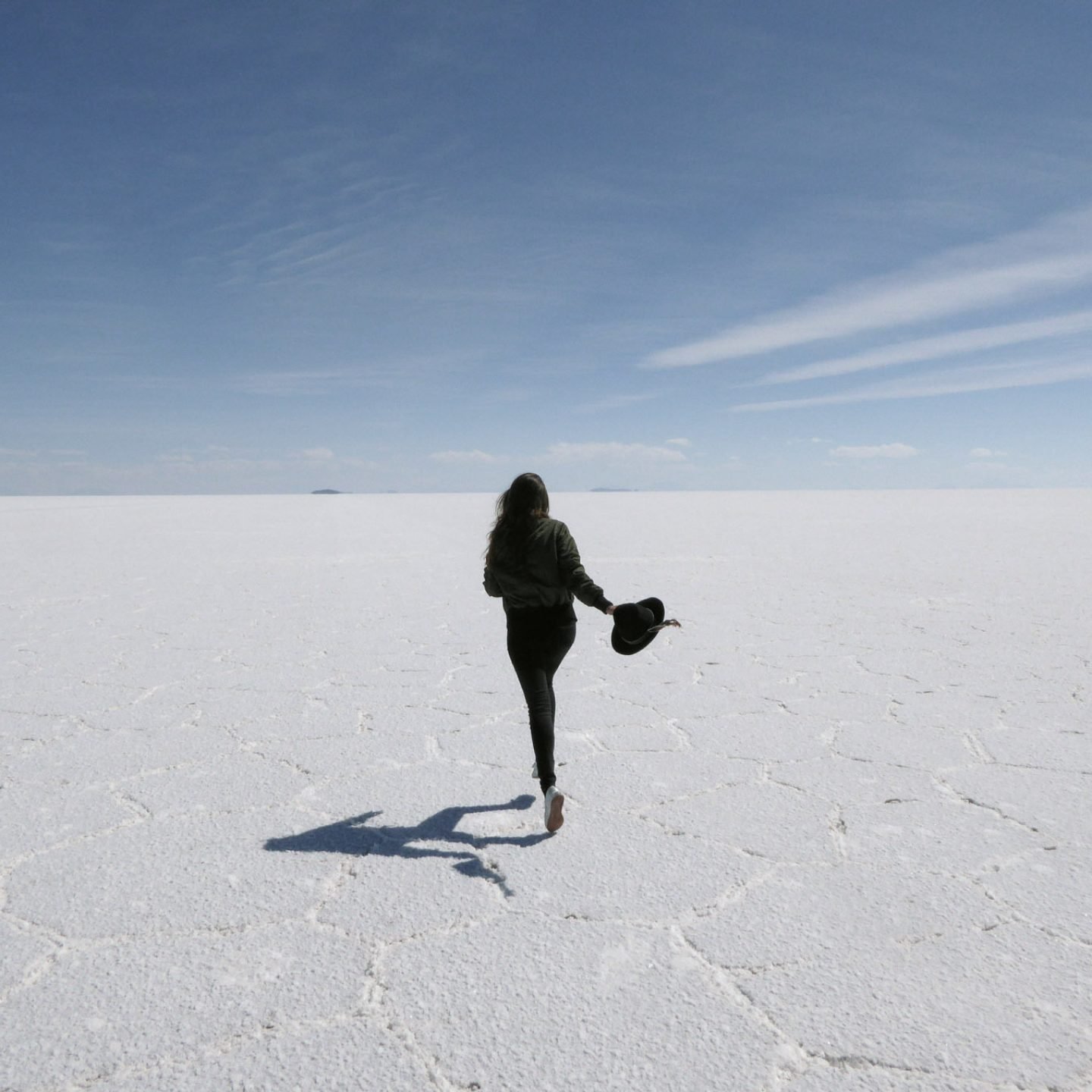
A Roadtrip Across Bolivia With Anke Nunheim
- Words
- Anke Nunheim
In the early morning, we set out from the small desert oasis San Pedro de Atamaca in Chile to the Bolivian border. It’s cold all the way up to the Hito Cajón border that sits at around 4000m. Seagulls soar above us.
A small mud house marks the border of Hito Cajón, arbitrarily situated in its midst, where a long queue forms. Mandatory Coca Tea is served as we climb into off-road vehicles set for Laguna Verde at the foot of the Licancabur volcano, towering above the Atacama Desert at 5930m. The Atacaménos think of their volcanoes as human beings and their myth explains the love triangle between the three volcanoes; Licancabur, Juriques and Quimal. The clear air links with a strong wind as we cross the wide plateau to the emerald green lagoon, where a high concentration of lead, sulfur and calcium carbonates exists. We climb down to discover a small Andean jackal that frolics through the Bolivian no-man’s-land.
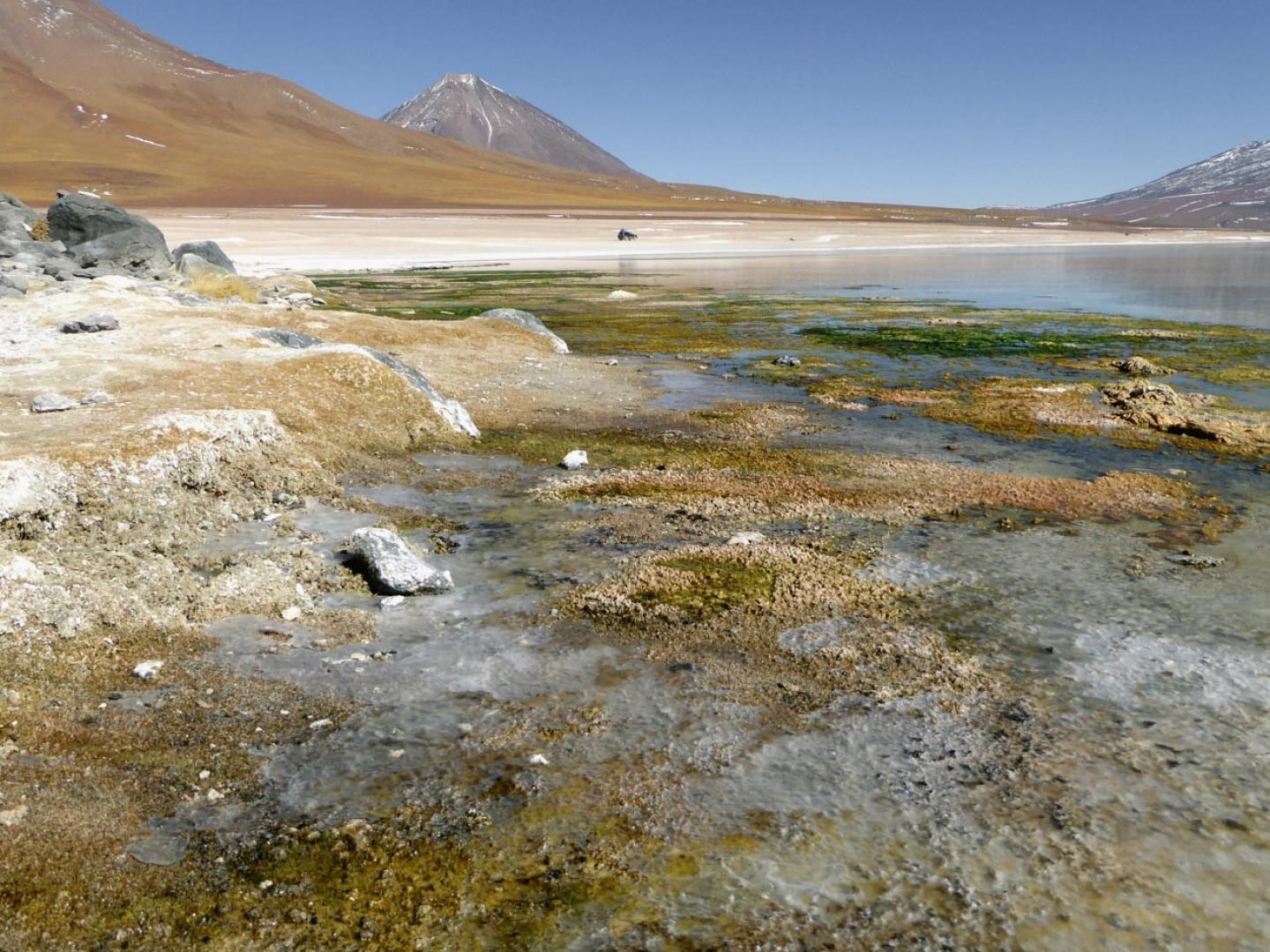
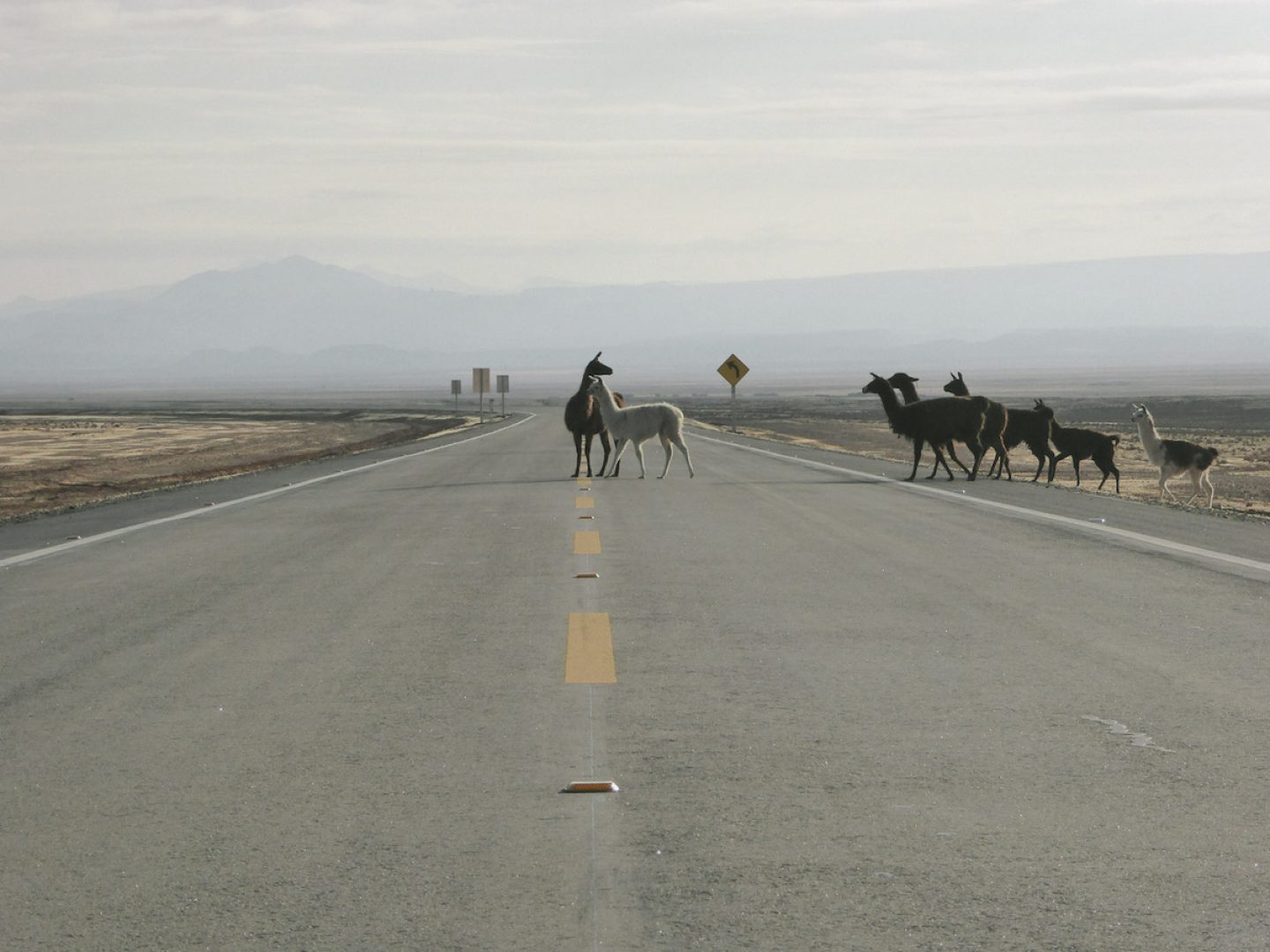
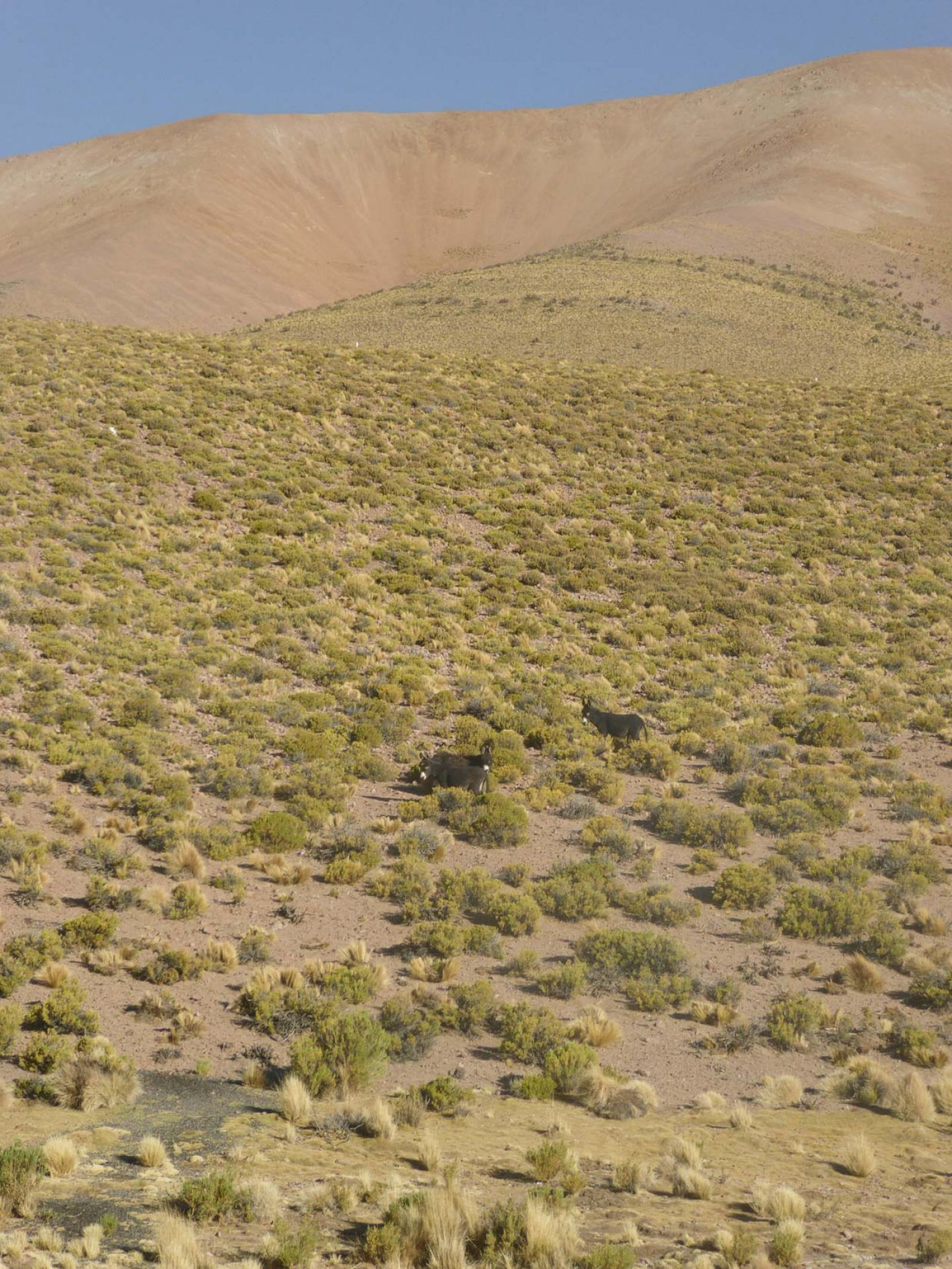
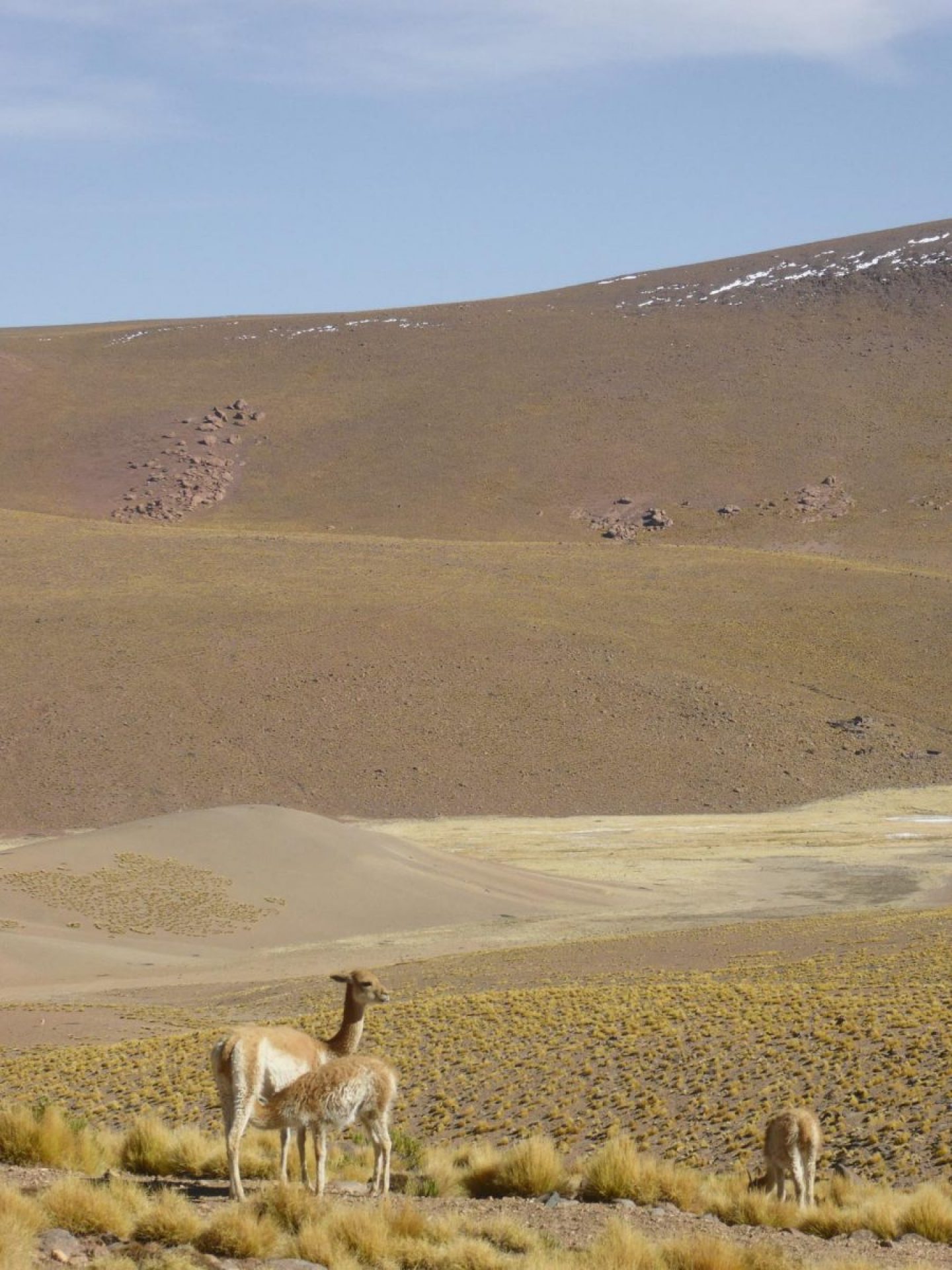
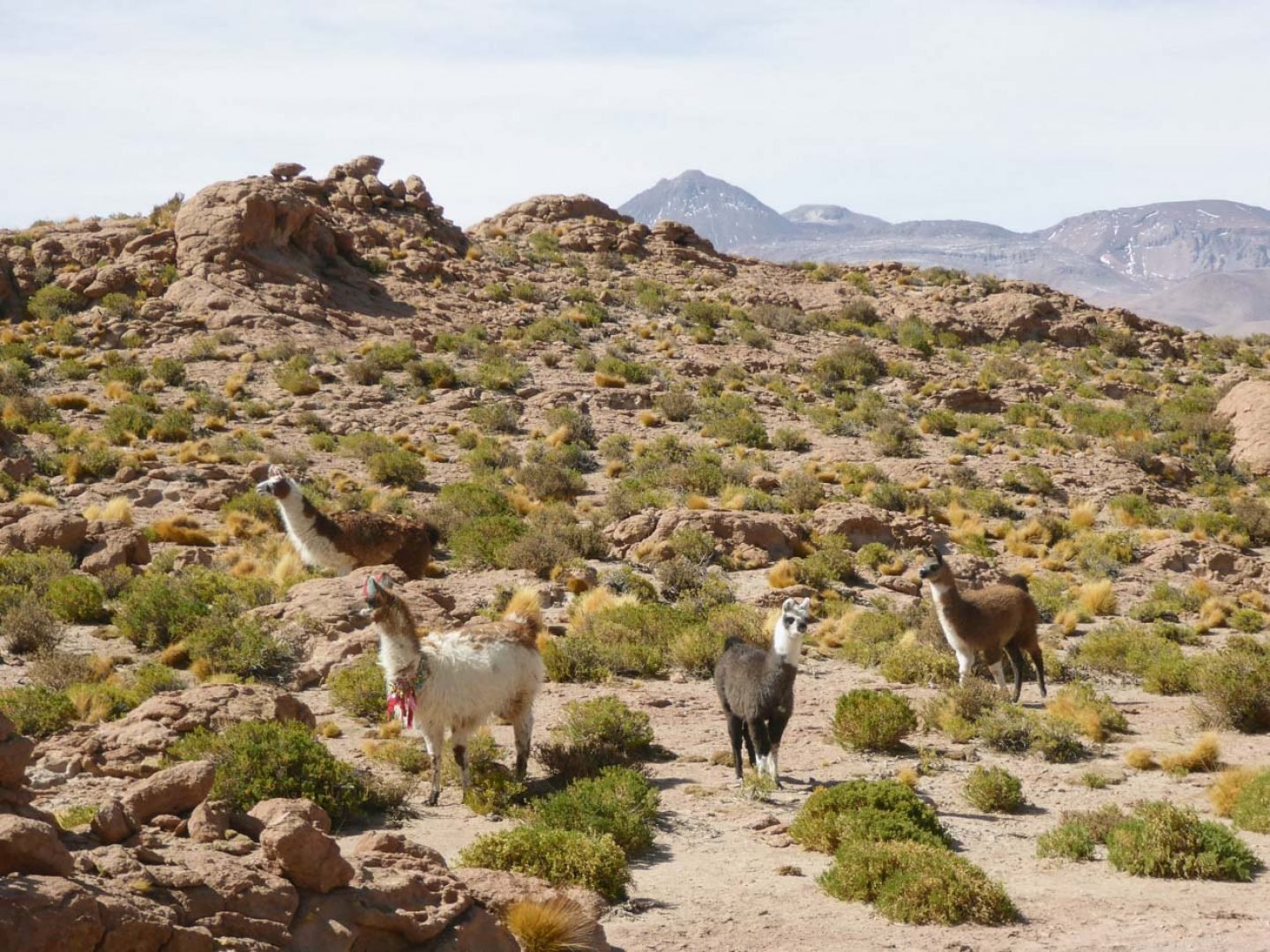
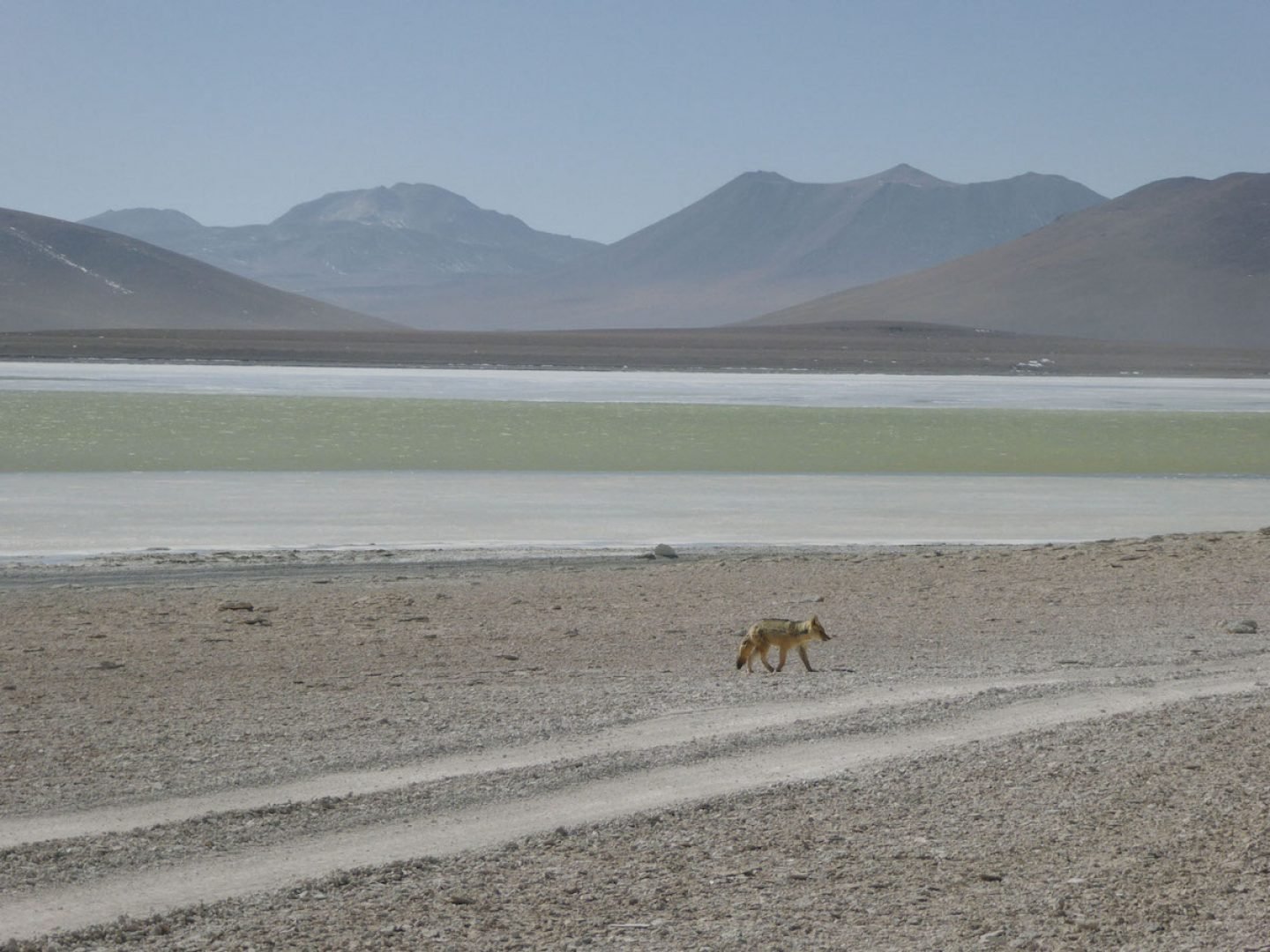
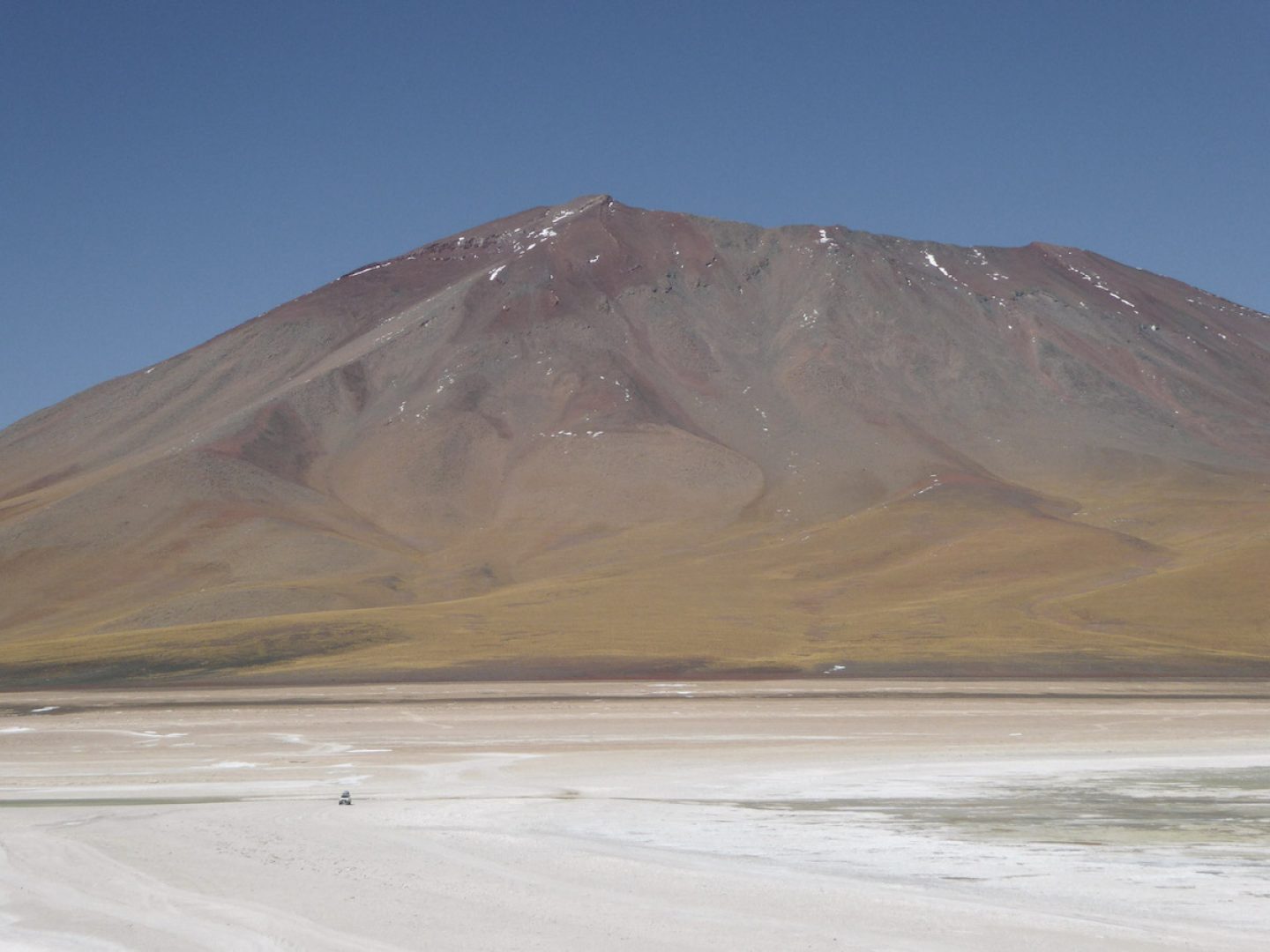
After passing through a sandy, rocky valley that vaguely resembles the surrealist paintings of Dalí, we soon reach the 5000m mark at Sol de Mañana, with mud springs and fumaroles.“Rose flamingos sit scattered around, barely noticeable” It smokes, hisses and bubbles as we tread into the volcanic zone. On the way to the red Laguna Colorada, we pause for a quick dip in the original volcanic hot springs. As we drive down the dirt road, the Laguna Colorada slowly reveals itself before us in a spectrum of pastel colours. Rose flamingos sit scattered around, barely noticeable. As we get closer, their beauty proves tenfold. We stay a while to take in the magic of the scene. Microorganisms cause the pink coloring of the lagoon, as well as the flamingos. As I turn around, I see the first pack of alpacas rush past us.
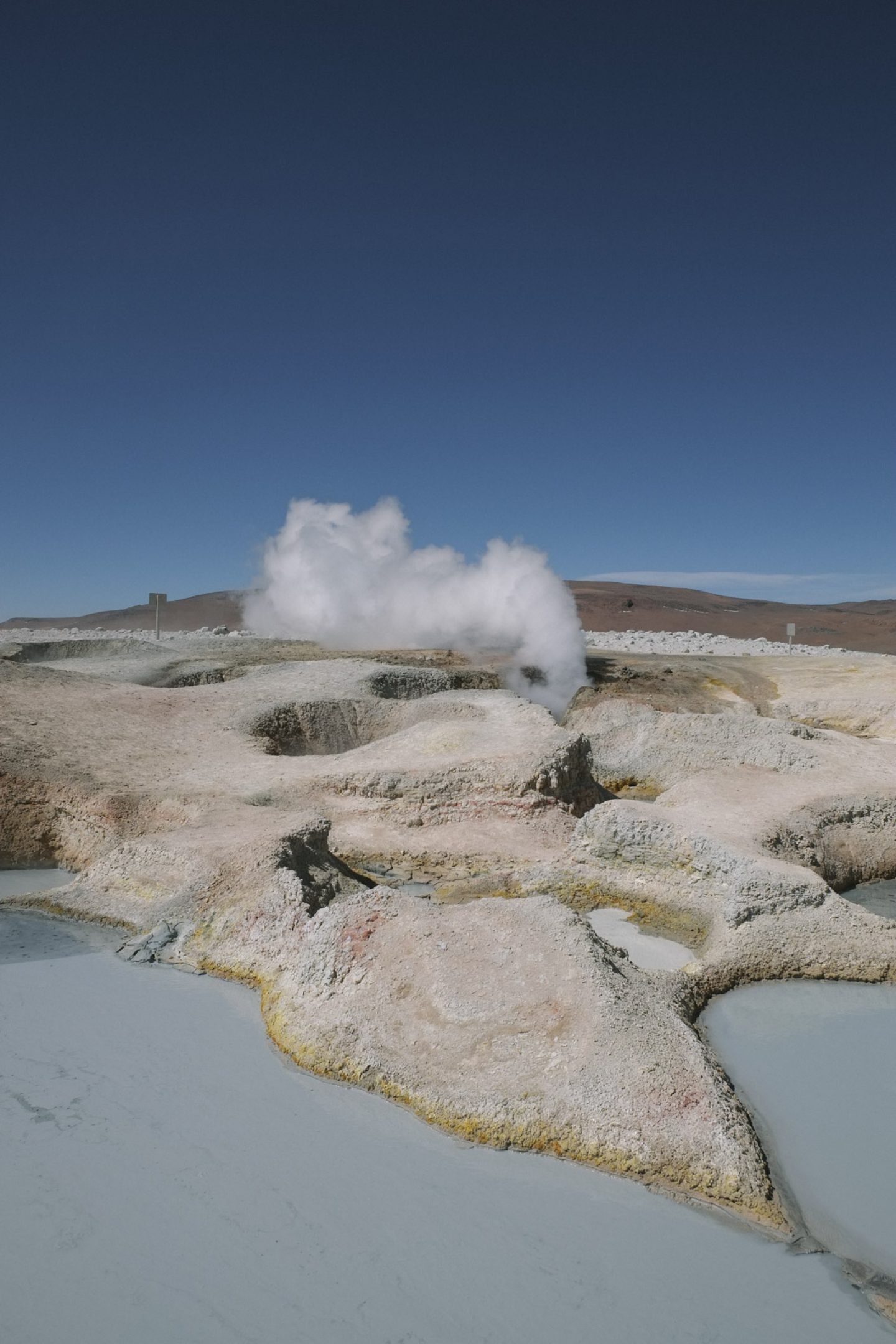
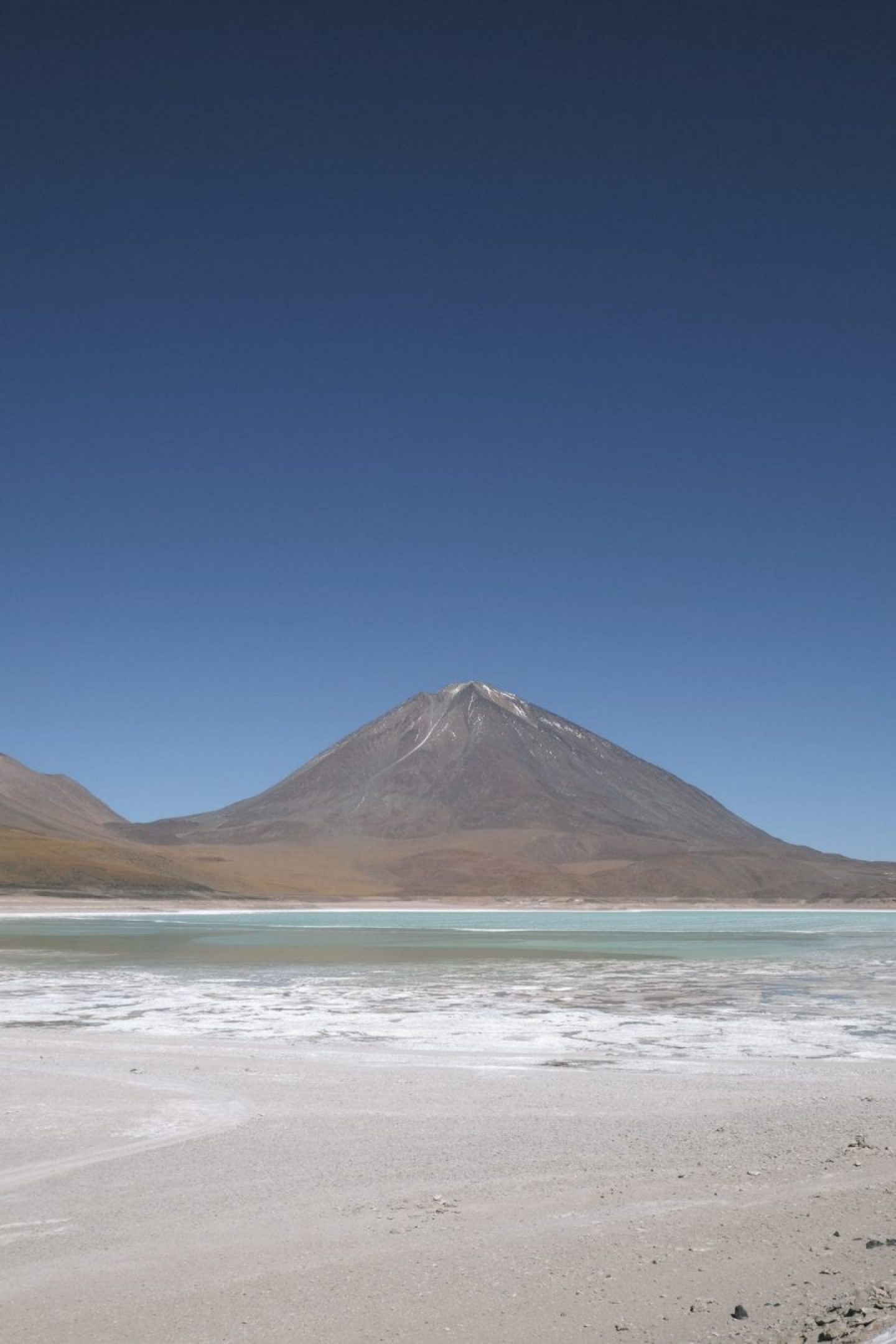
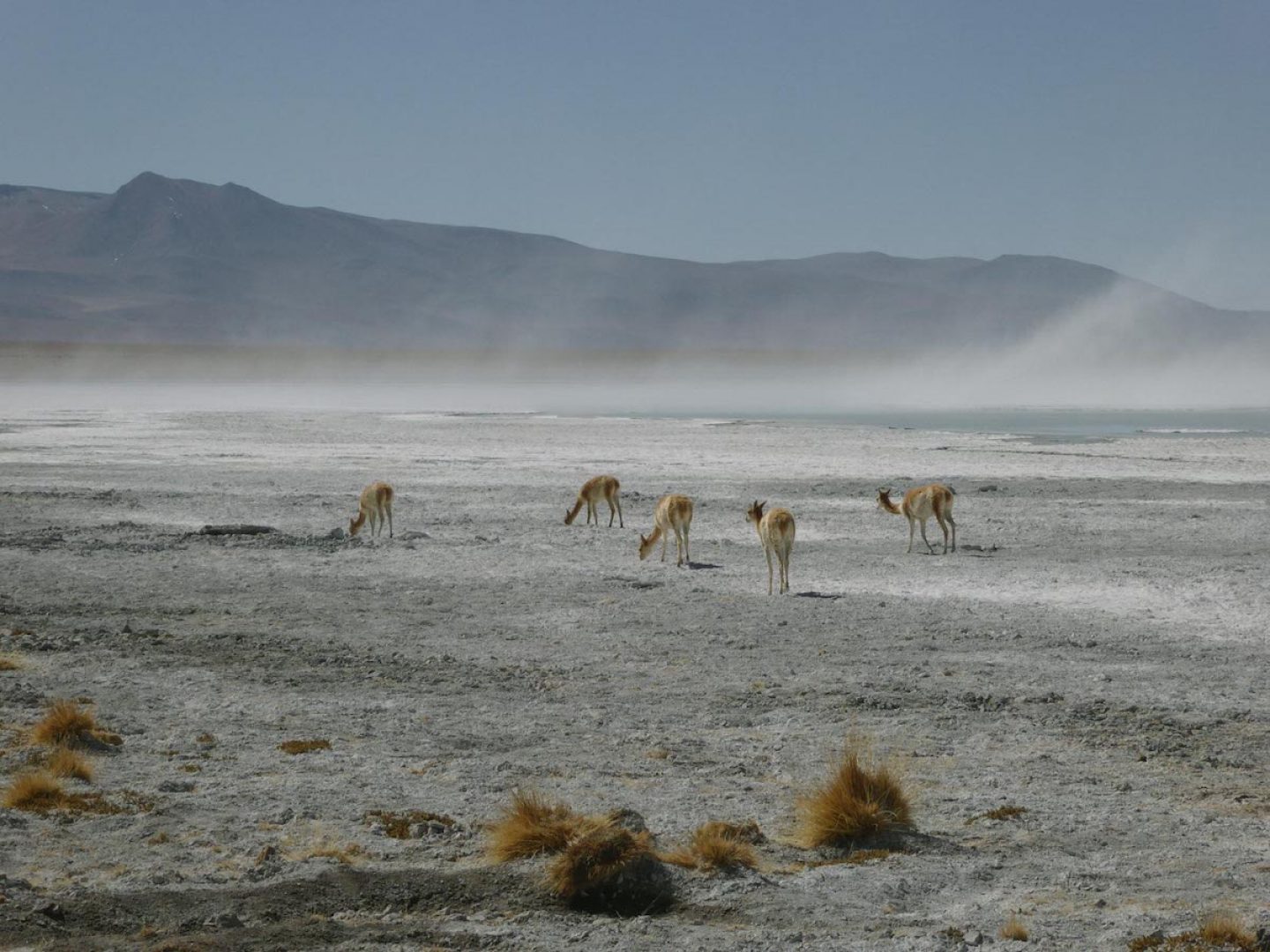
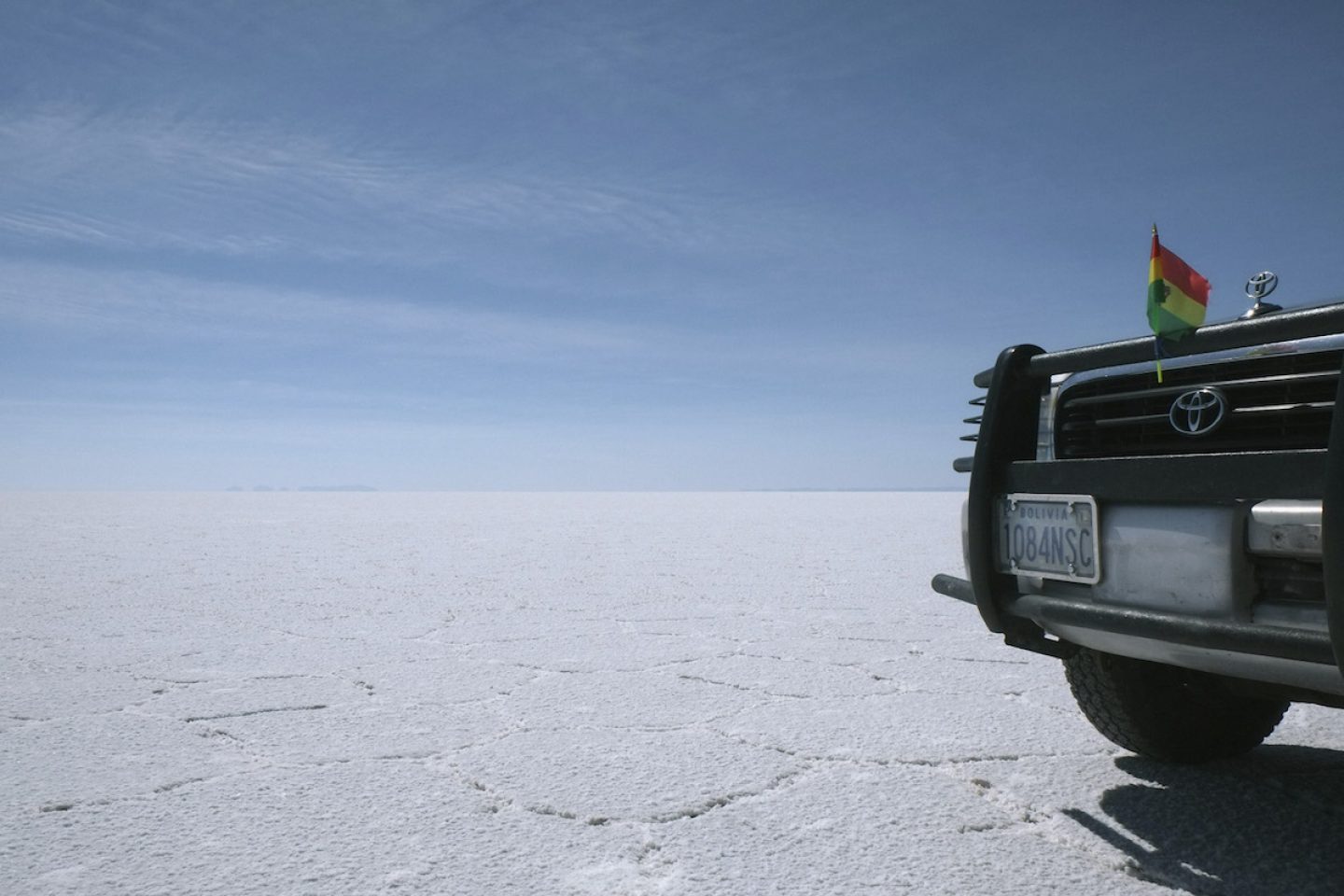
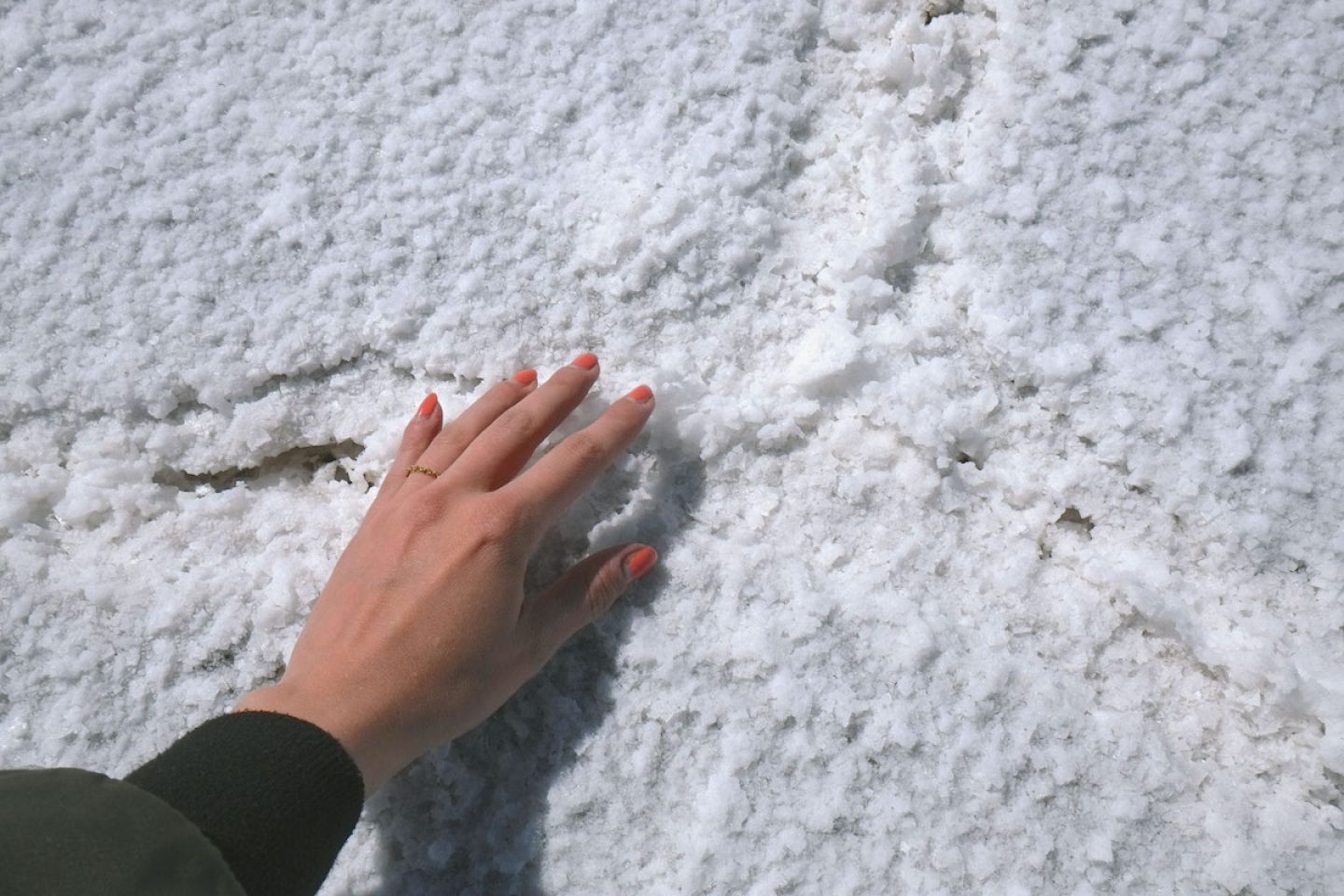
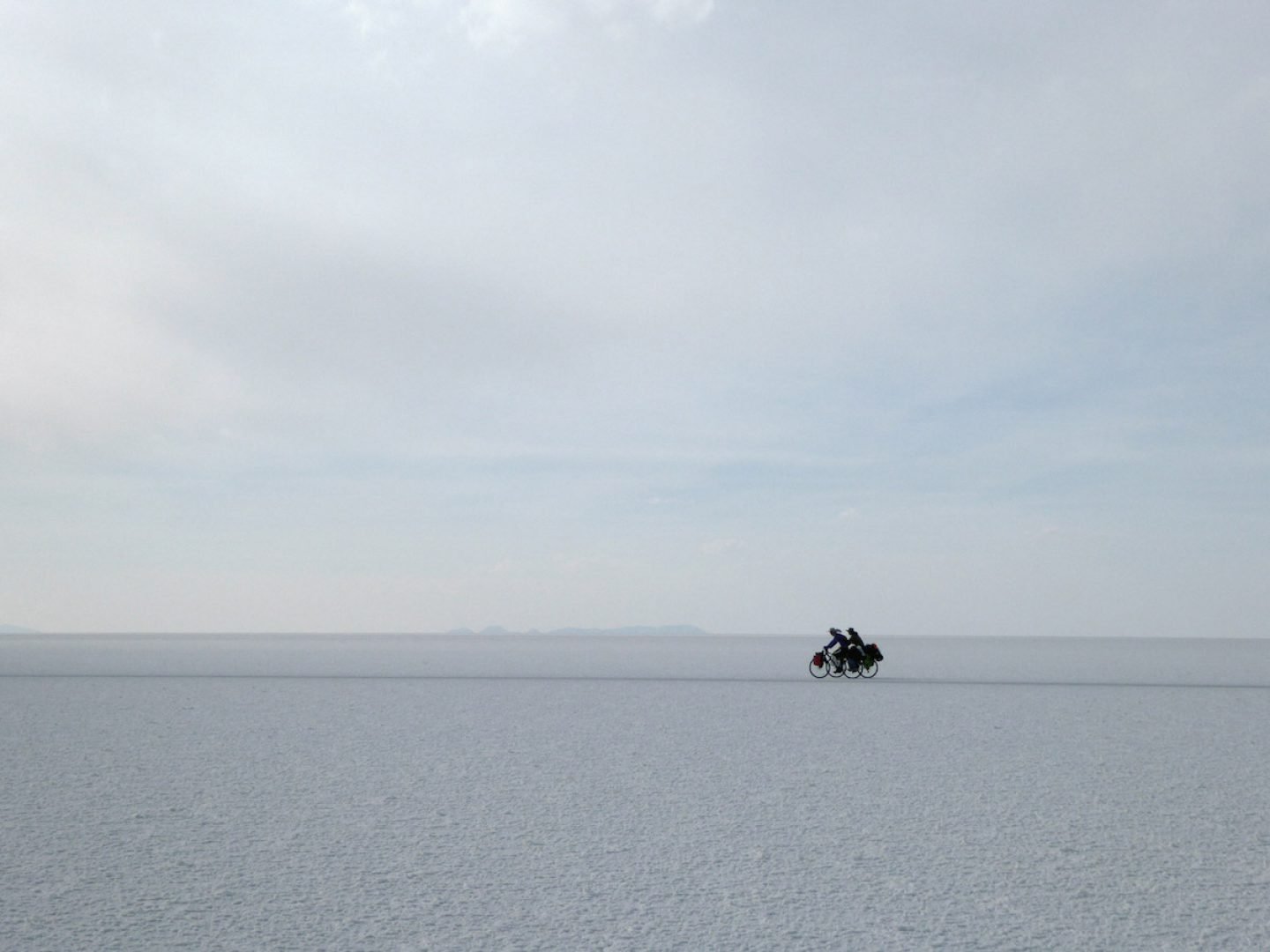
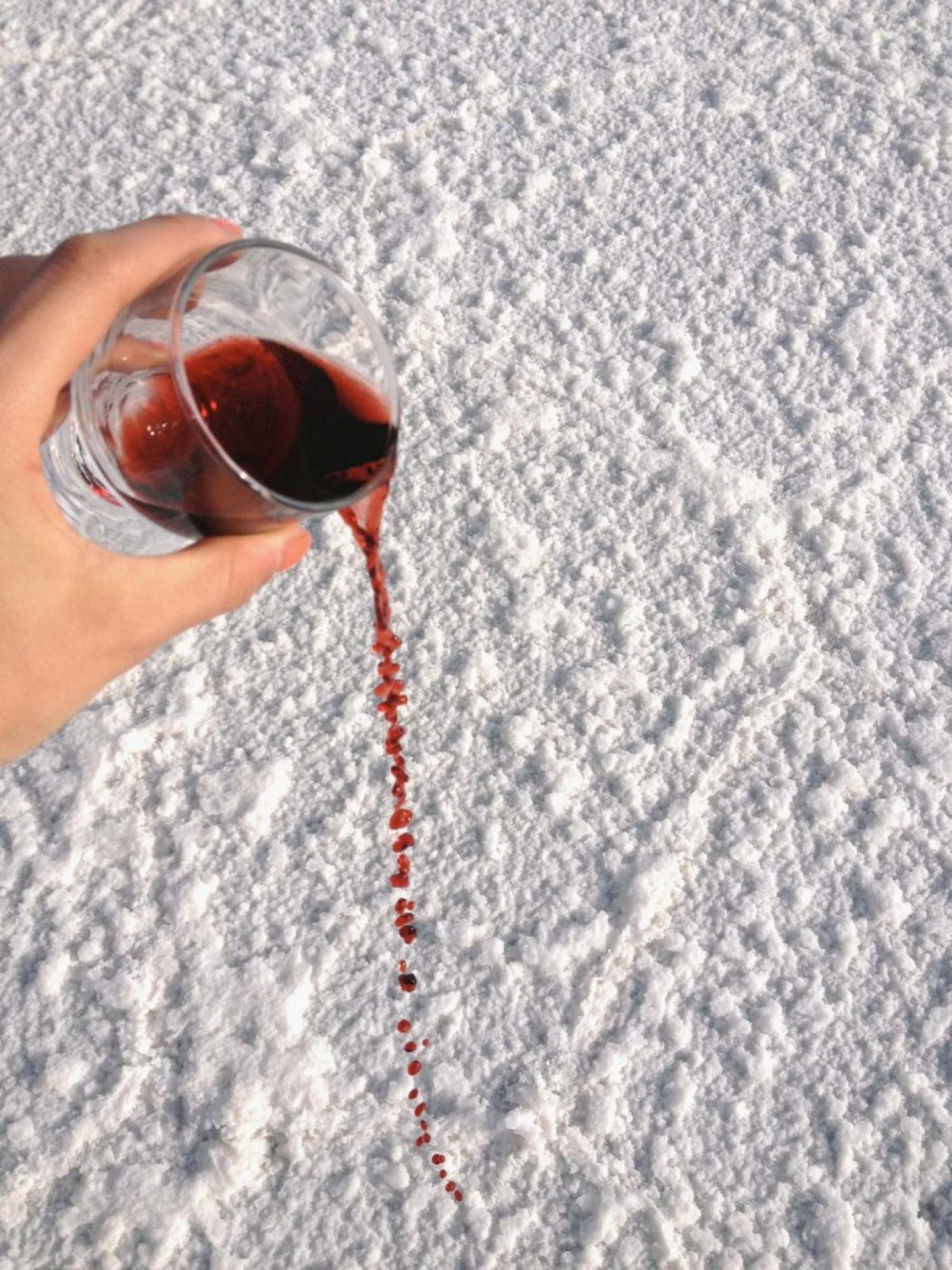
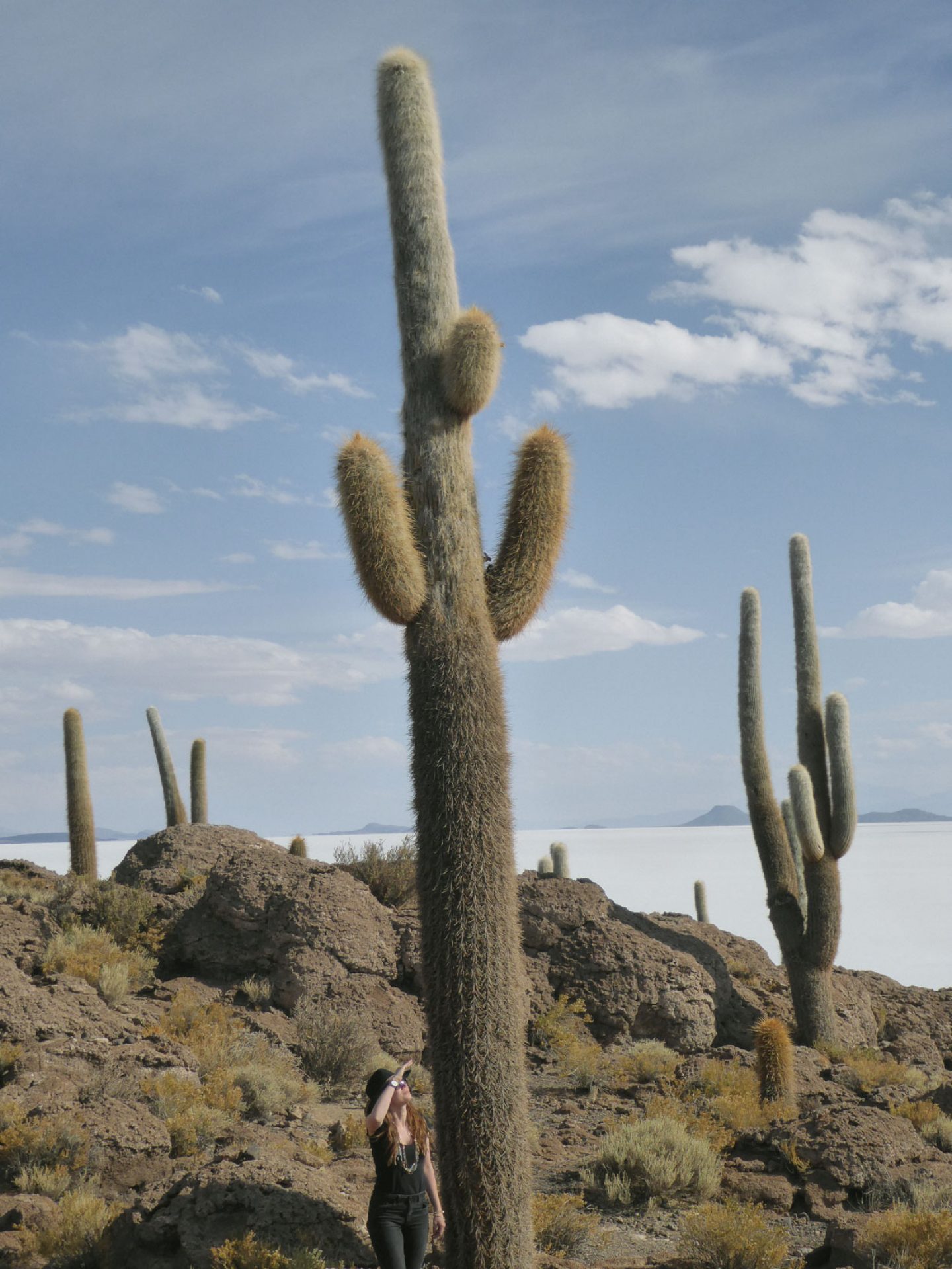
I find a relieved happiness in our driver’s assured manner, as he finds his way safely through the terrain, without any signs, chewing on his coca leaves worry-free. Apart from the one traveller who had problems with the lack of oxygen, the meandering paths and a flat tire in the dark, we eventually reach the Peruvian outskirts, exhausted but satisfied with our experiences. We stay at the salt hotel, on the edge of the Sala de Uyuni at 3670m. It is difficult to describe the Sala de Uyuni, the largest salt lake on earth. The salt crust was formed more than 10,000 years ago from the drying out of the Tauca paleoose. It’s an infinitely vast, expanding region of over 12,000 square kilometers, only limited to the sky and the surrounding mountains. It stretches over the entire south-west of the Andean to the Chilean border.
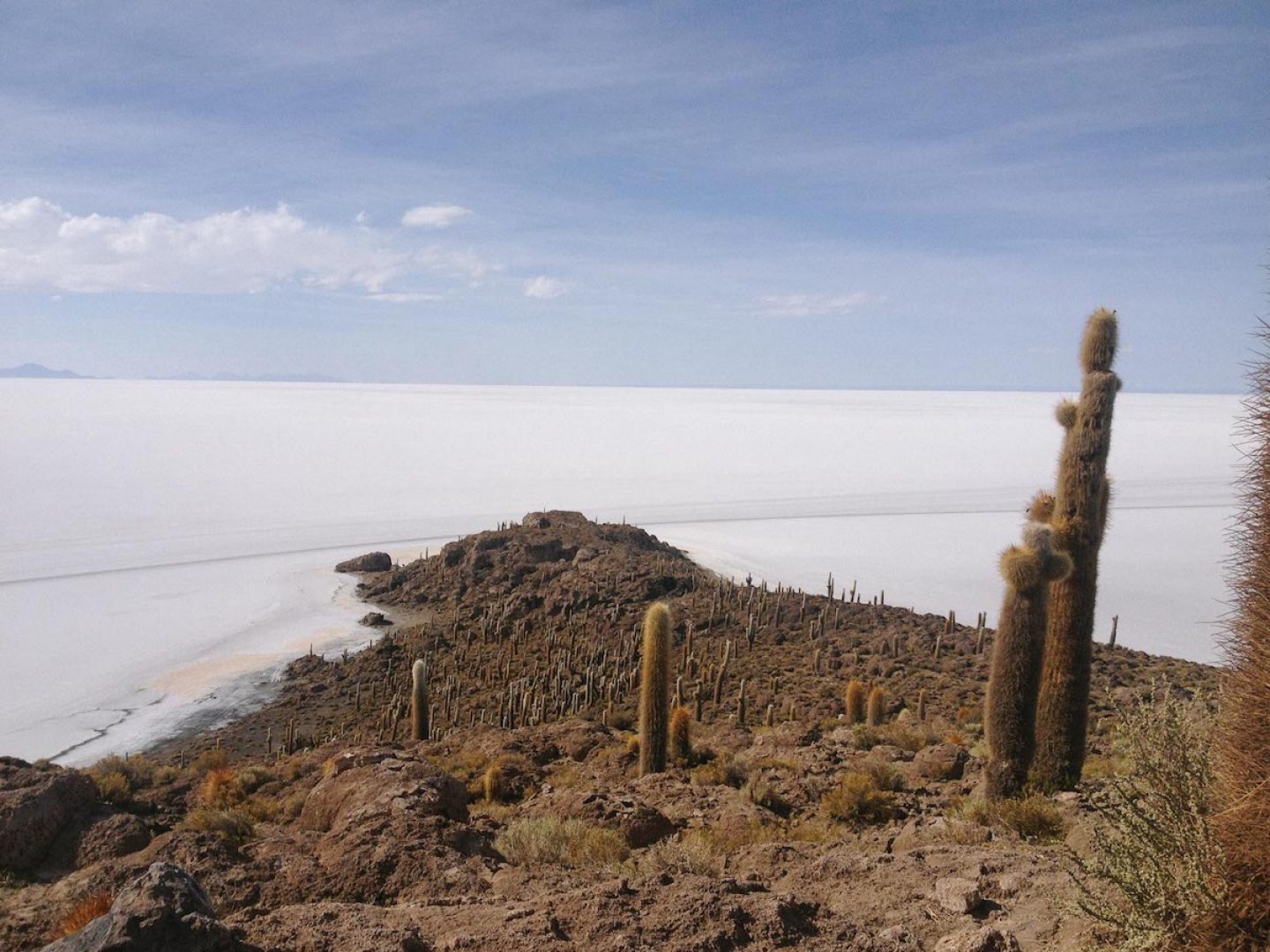
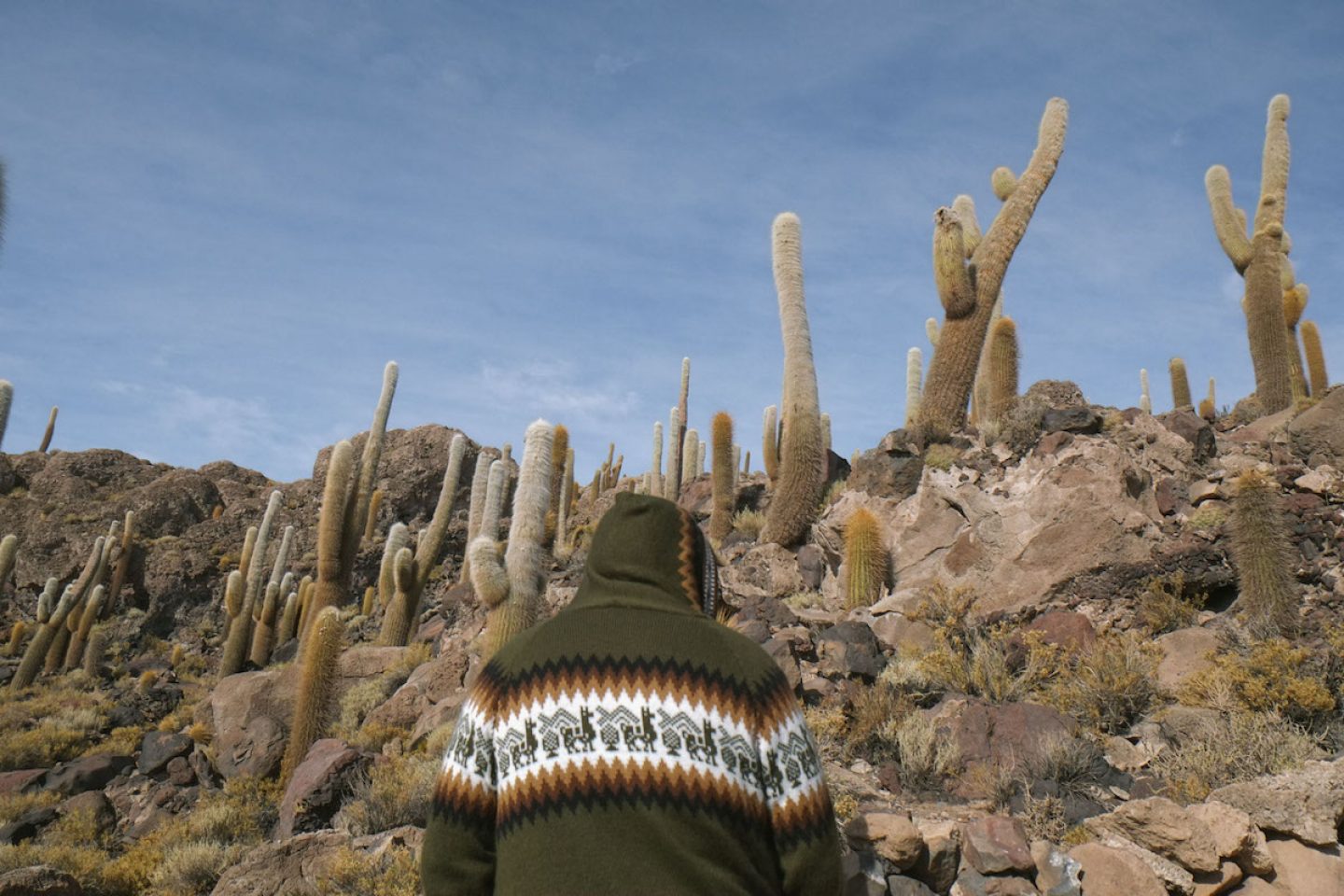
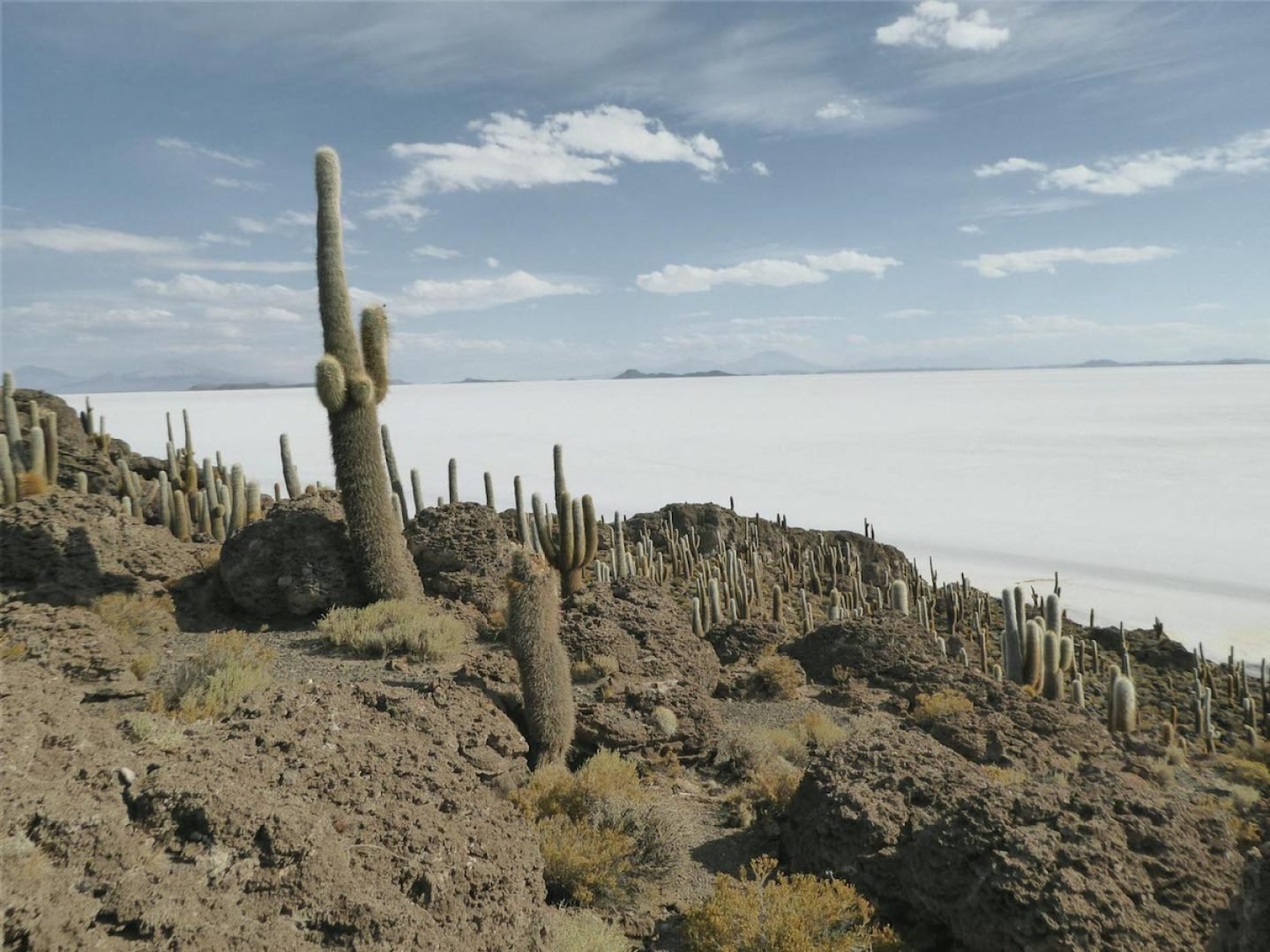
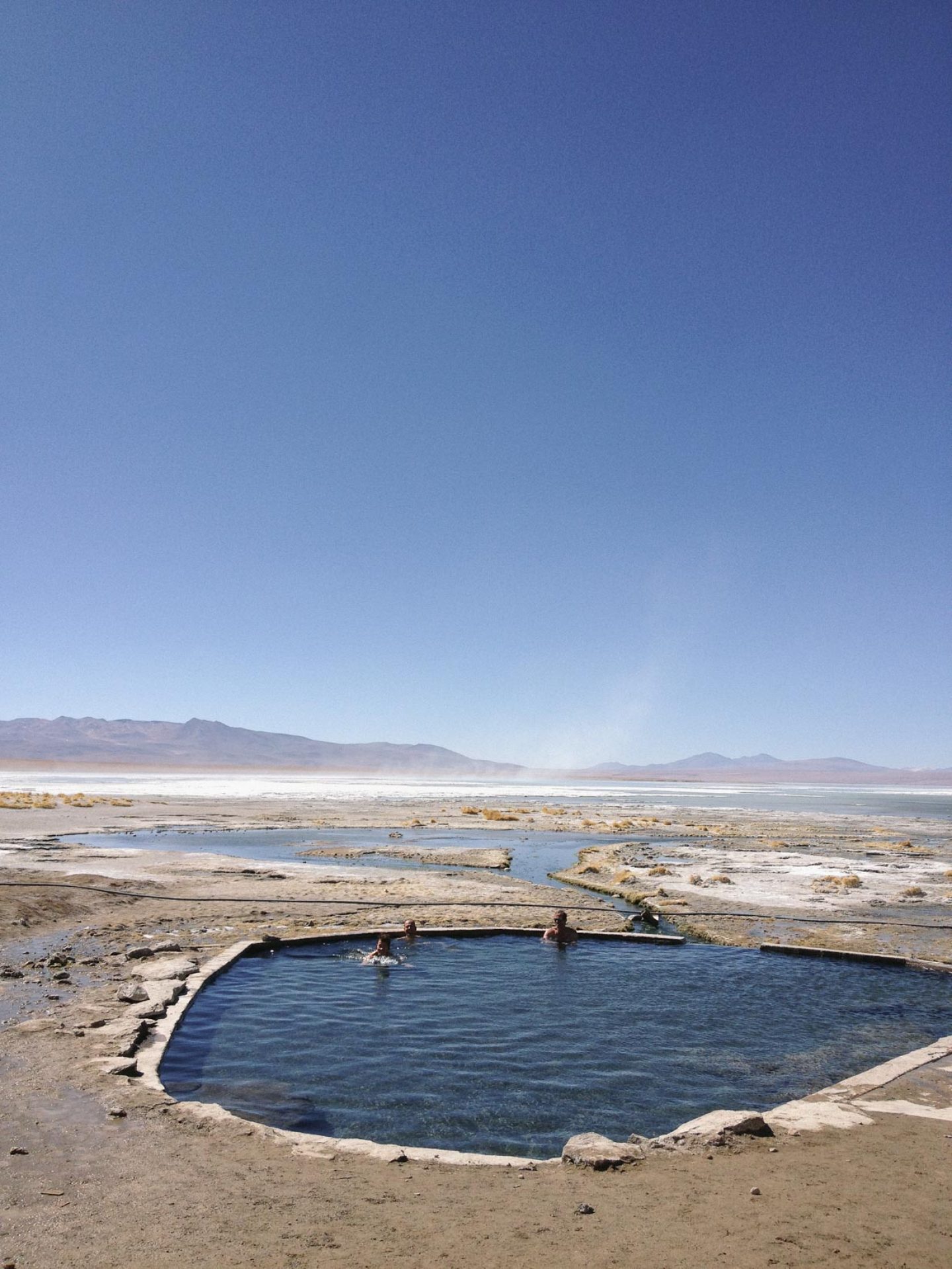
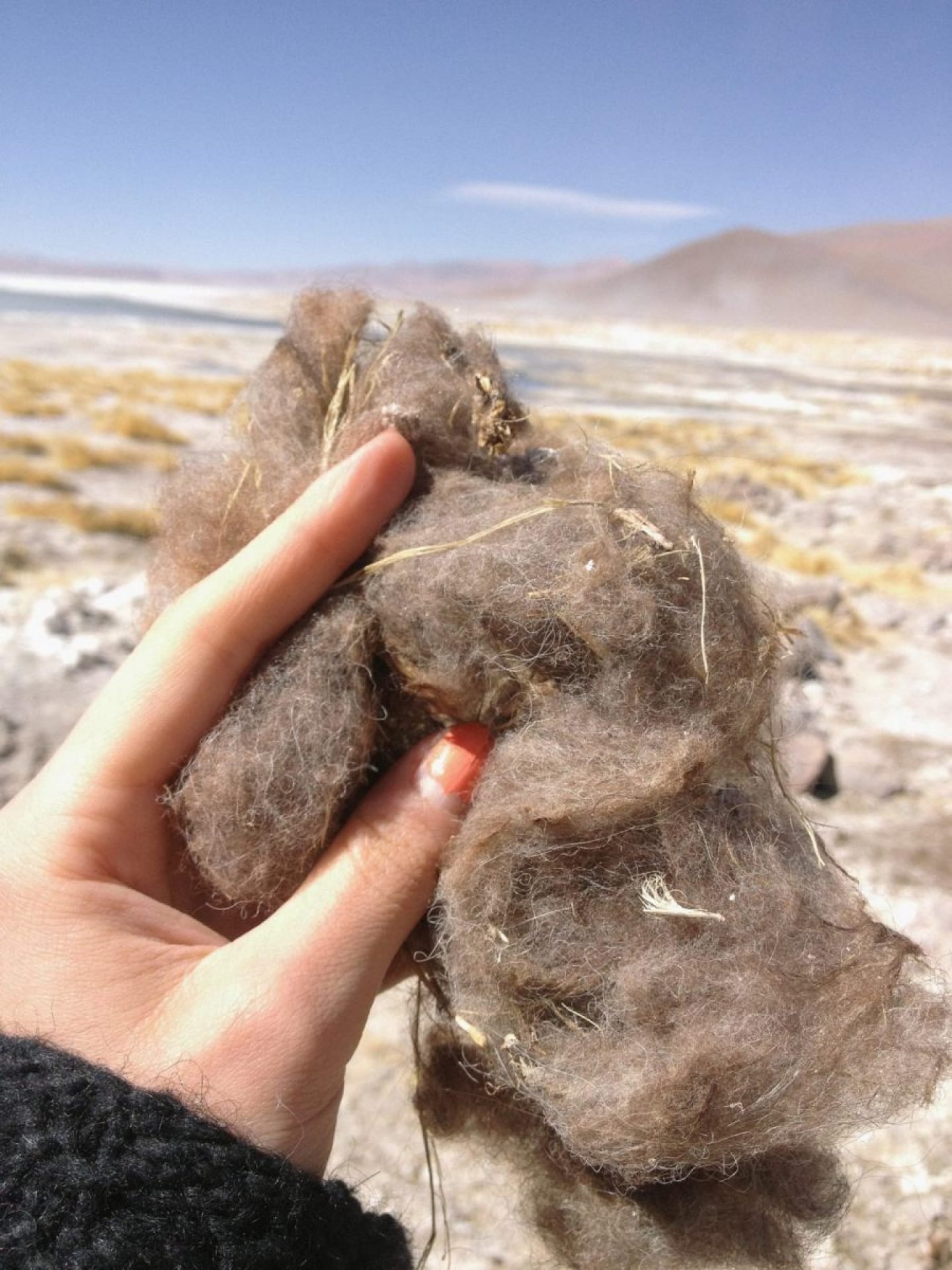
Unforgettable expanses, dazzling white, countless pentagonal salt honeycombs form a geometric puzzle. I instantly lose my bearings and let myself drift in this salt desert that seems so alien to this world. Fata Morganas, superior mirages produced by solar radiation, appear here quite often. “Fata Morganas, superior mirages produced by solar radiation, appear here quite often”
On the horizon, a number of small hills appear, which turn out to be cactus islands. The lava rock stands out against the glare of the sun, and an oddly shaped, meter-high cacti tower in the sky. The largest amongst them, up to 12m high and about 1,200 years old, grow only a centimeter a year. We stop at Isla Incahuasi (Quechua for House of Inca), to refresh ourselves with a traditional quinoa soup before strolling through the cacti forests. Here, I would like to wander a bit longer. After a short break in La Paz, the highest city in the world, we reach Lake Titicaca, the eastern part of which is located in Bolivia and the western part in Peru. When I look out of the window in the morning, mist hovers over the lake, and I see an Uru–an indigenous native of the lake, fighting out of the reeds into his boots to fish. The same afternoon, we visit the floating islands of the indigenous people, as well as the sun and moon island, the holy places of the Inca.
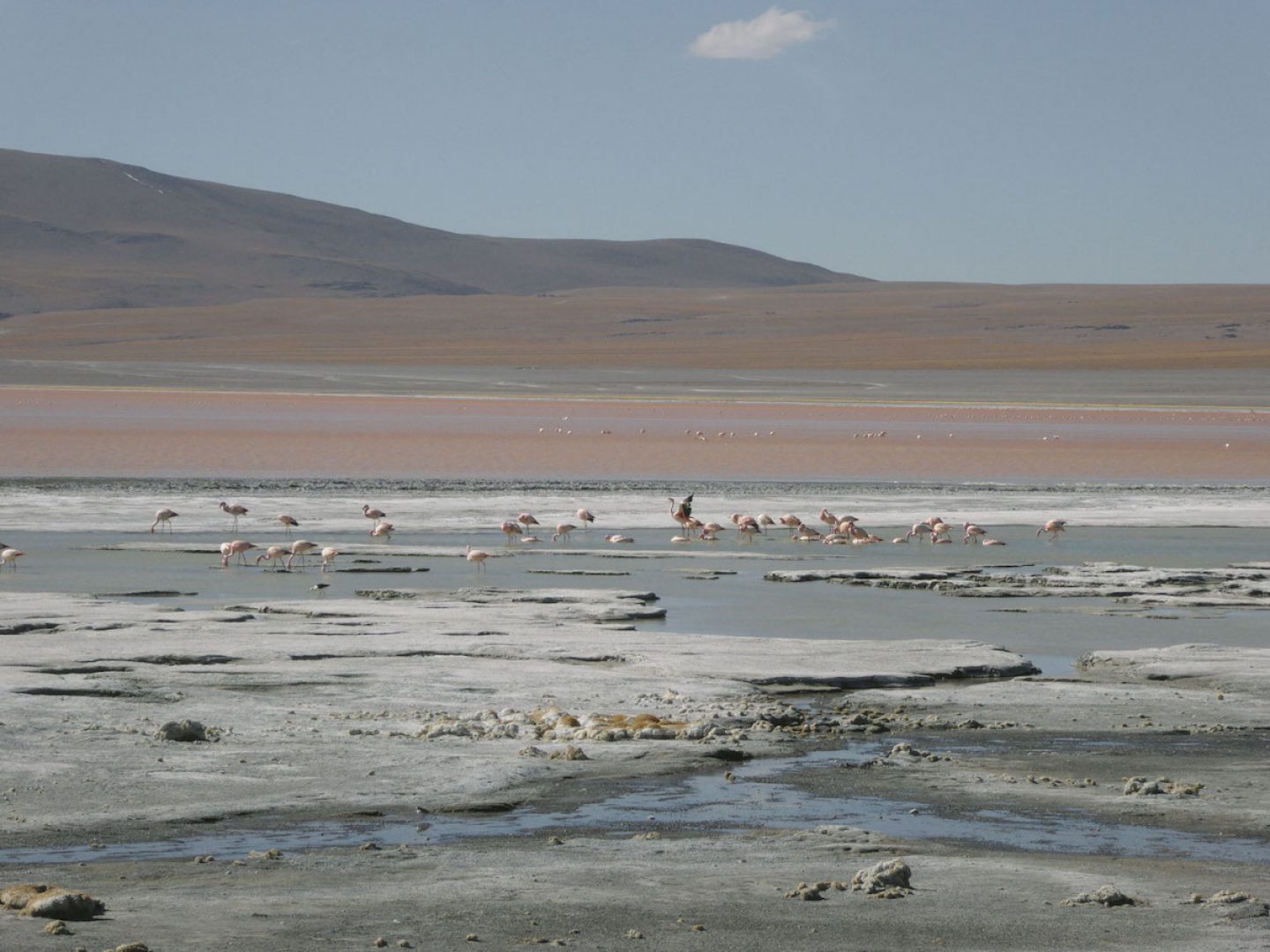
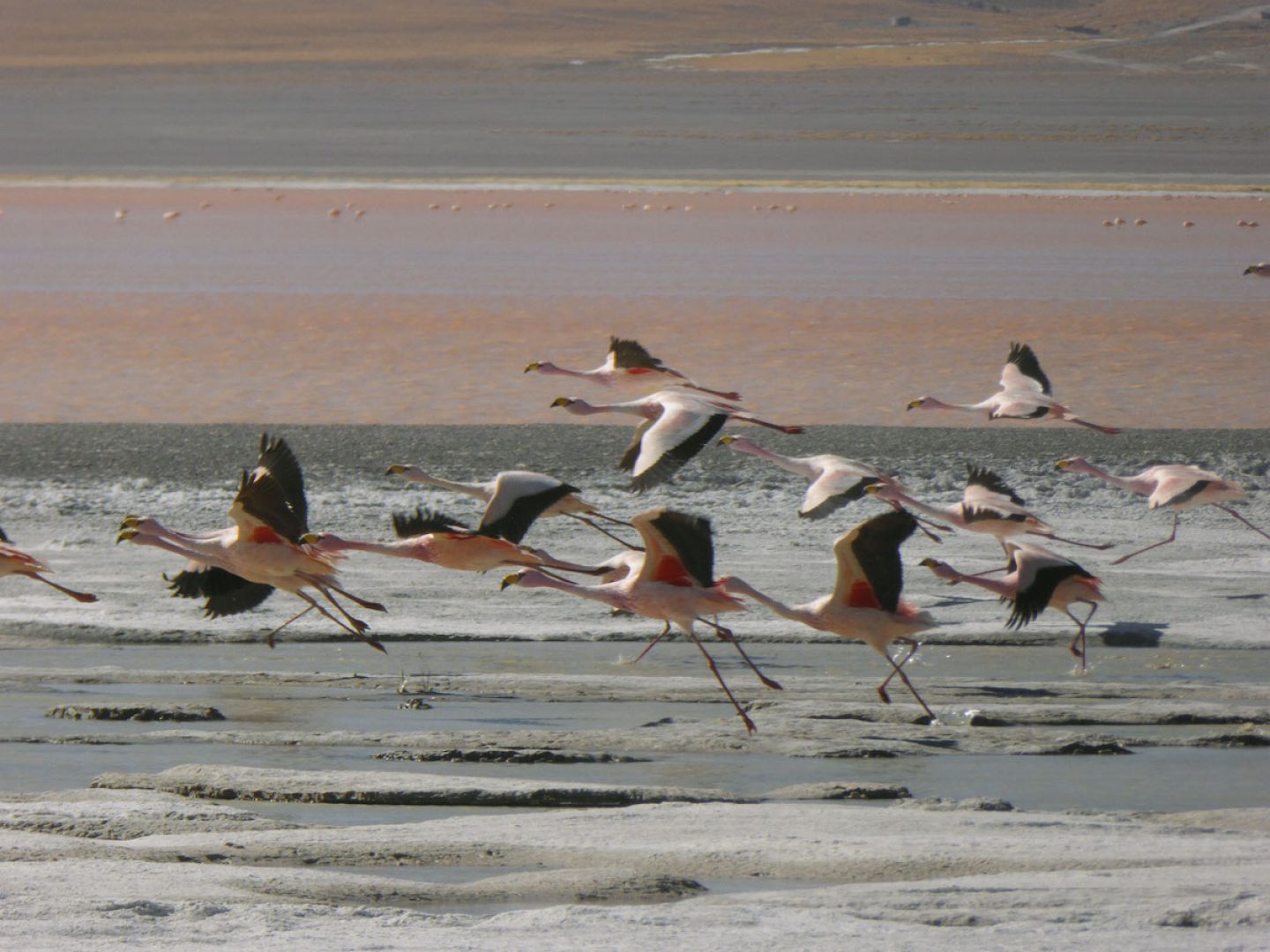
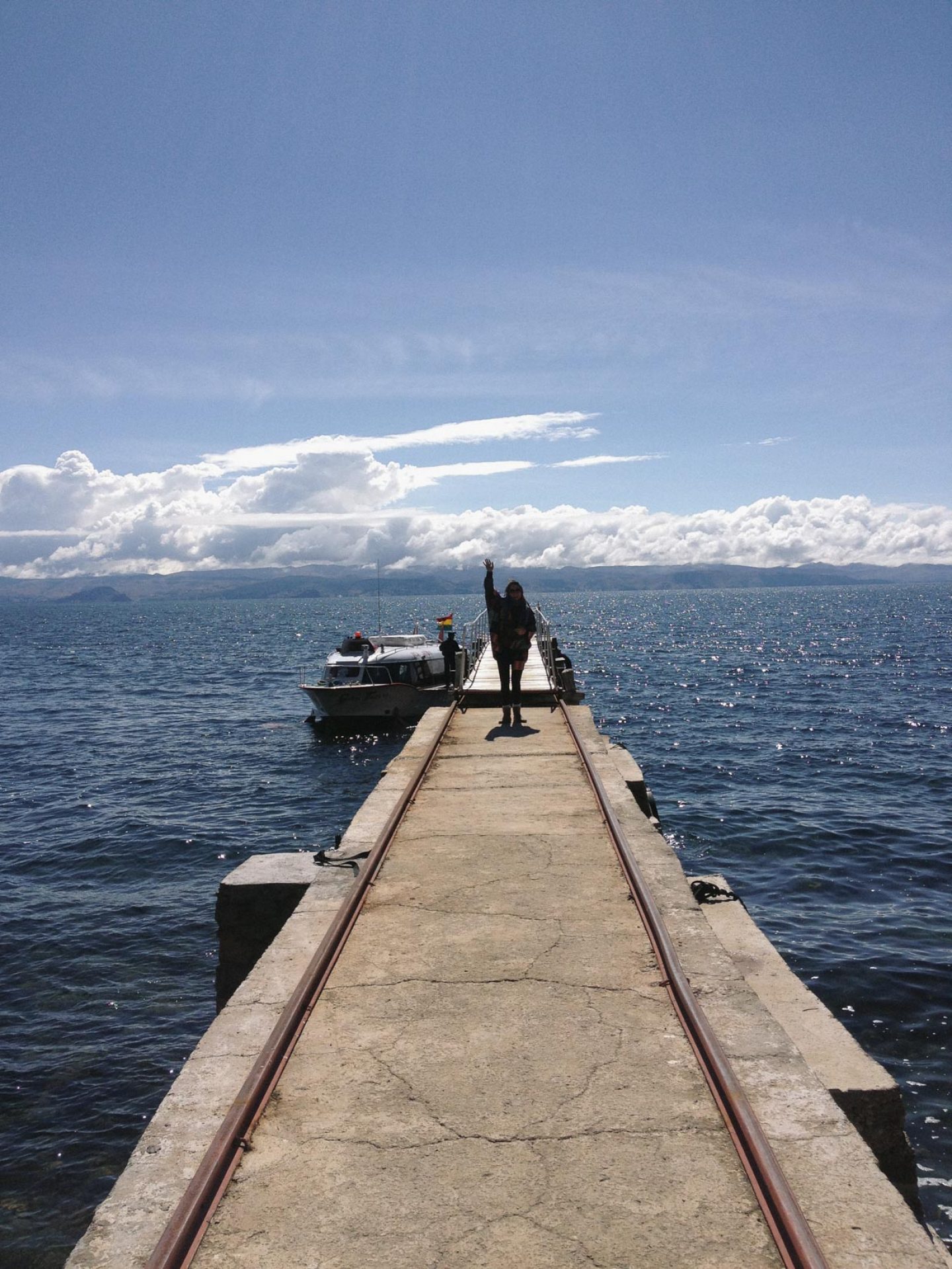
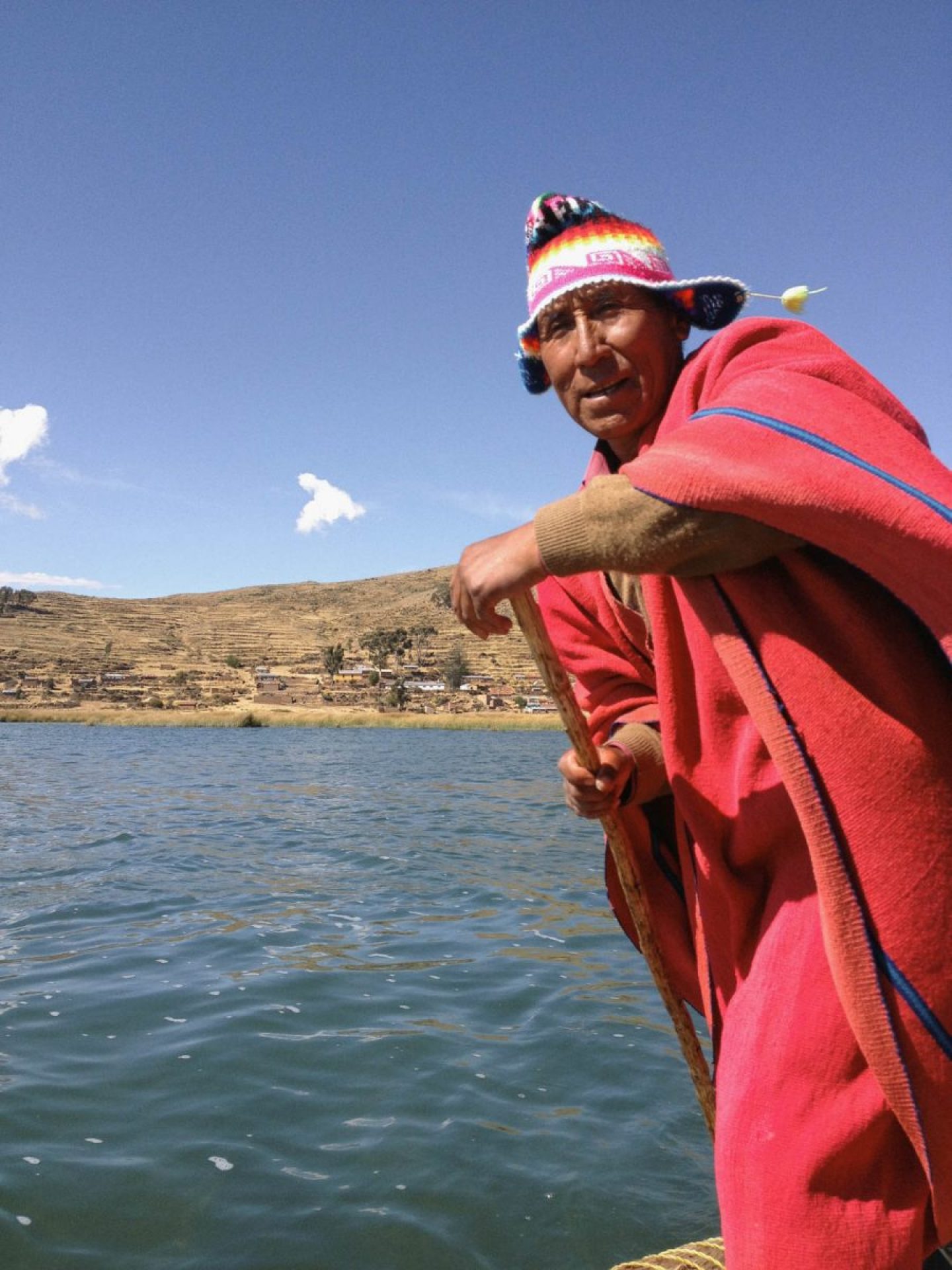
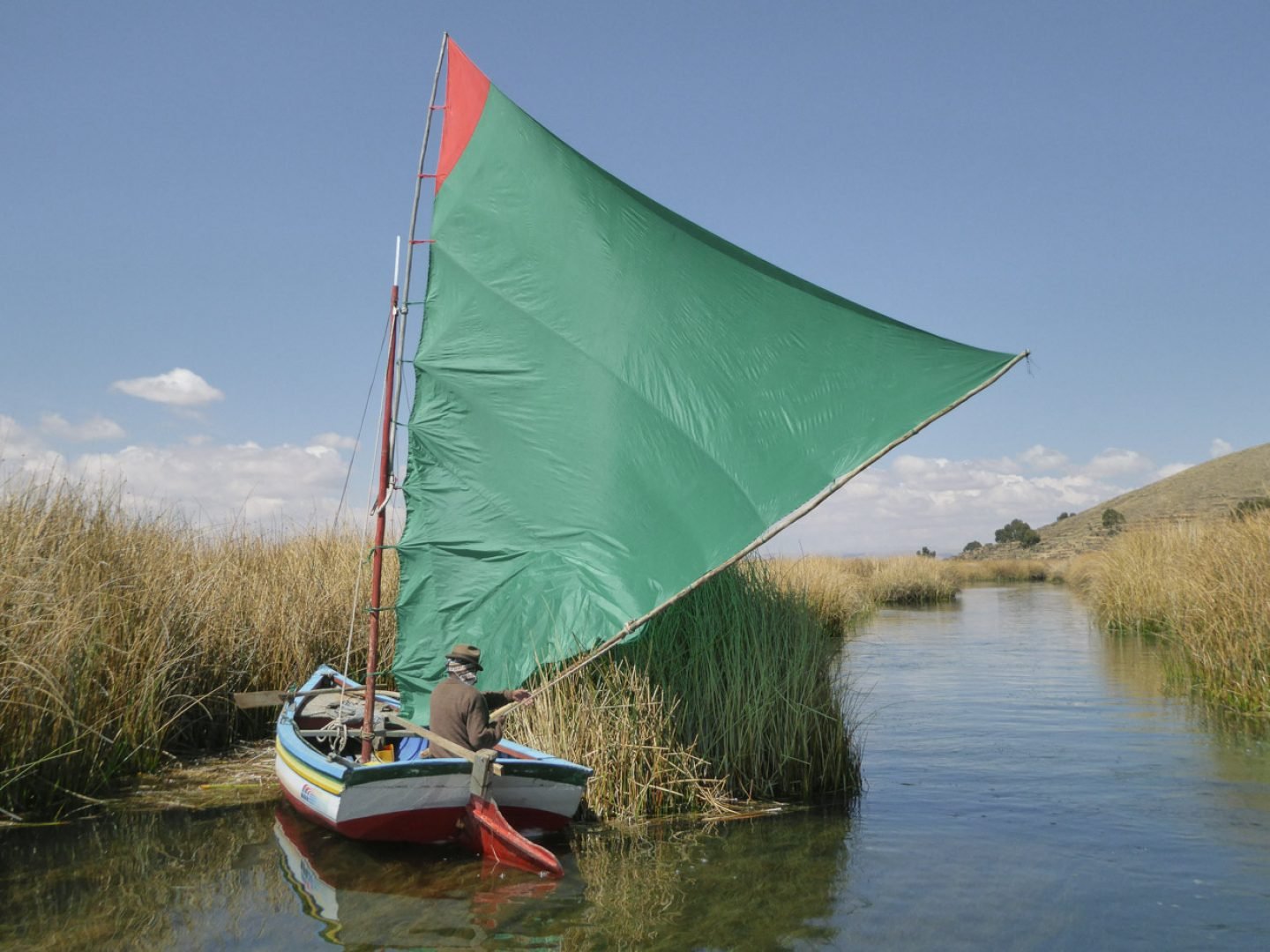
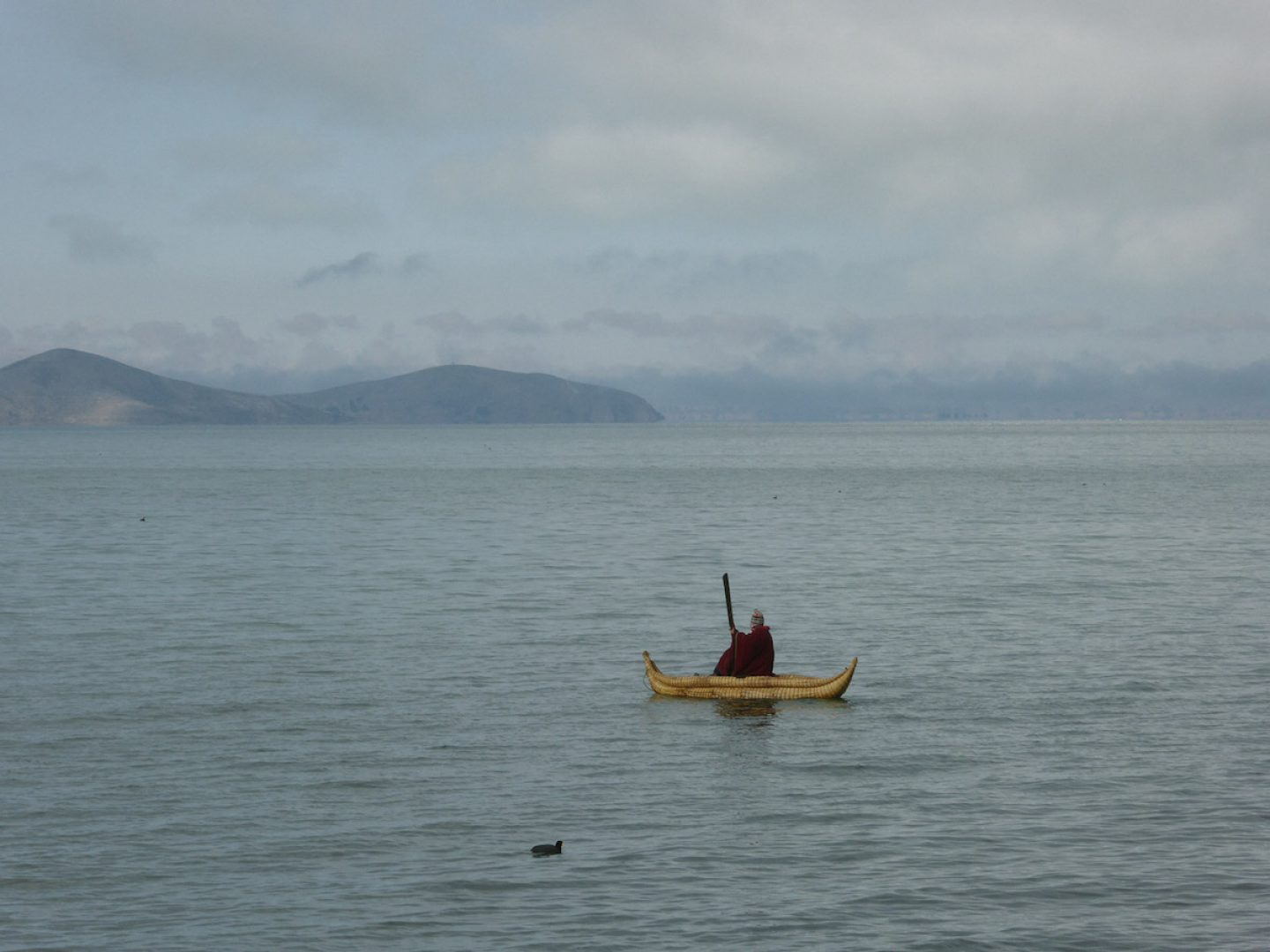
My thoughts are still filled with the myths and legends of the Kalawaya, a Quechu-speaking people that live in the north-east of Lake Titicaca, which happens to bear the same name as their traditional healers. Bolivia surprises and fascinates me with the contrasts of the landscape, the hospitality of the people, sparse high mountains, the endless expanse of the Sala de Uyuni and the altitude that brings one to his own limits. Not from this earth, but still on this earth.
All images © Anke Nunheim
